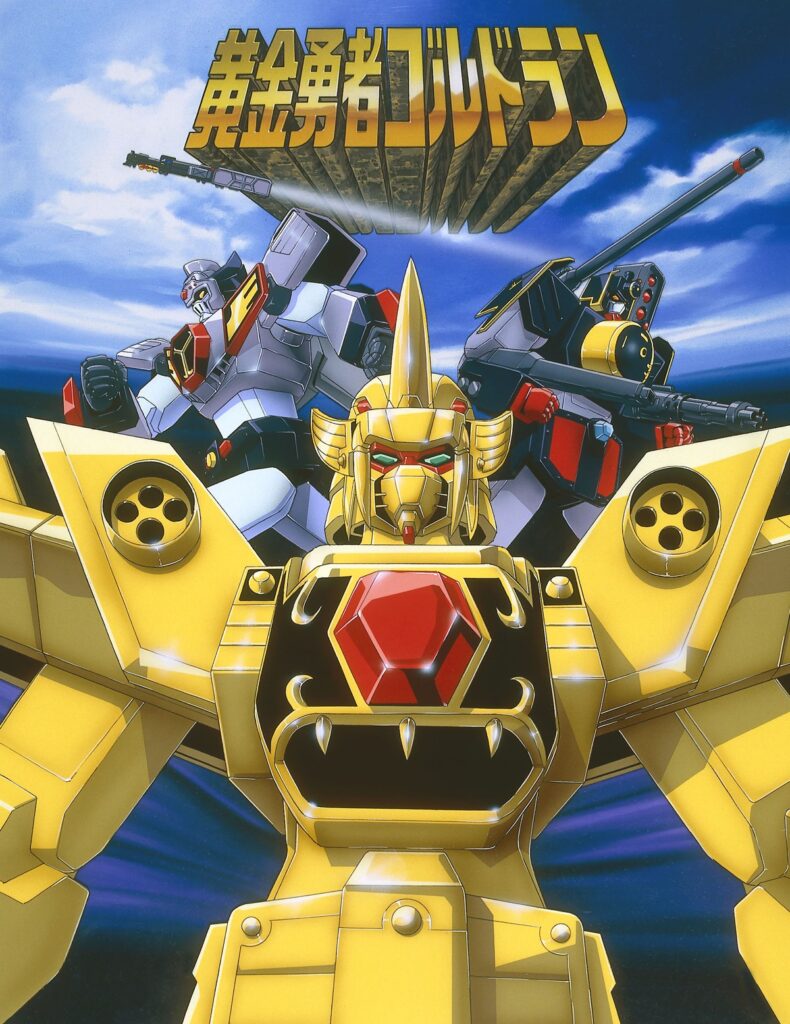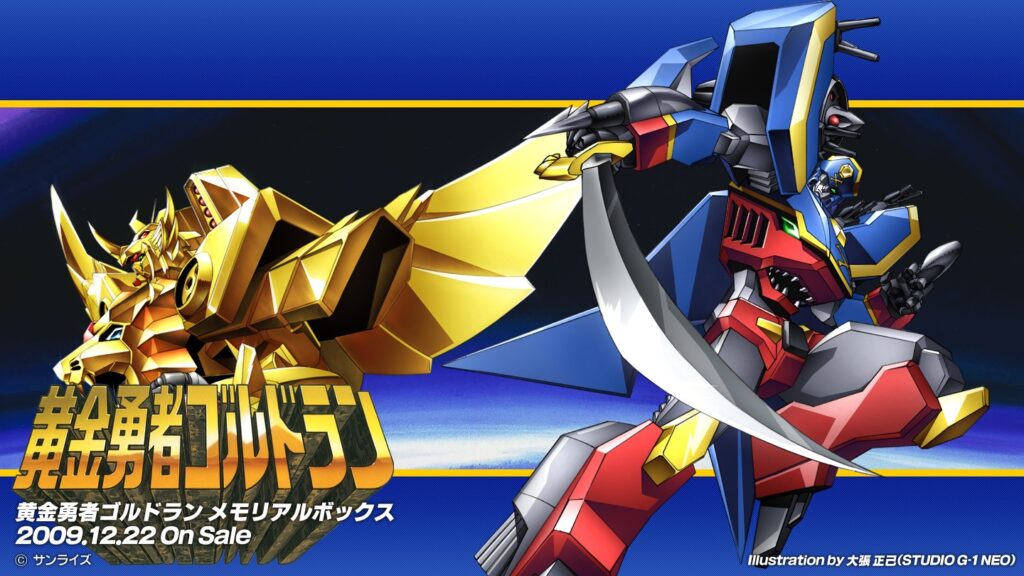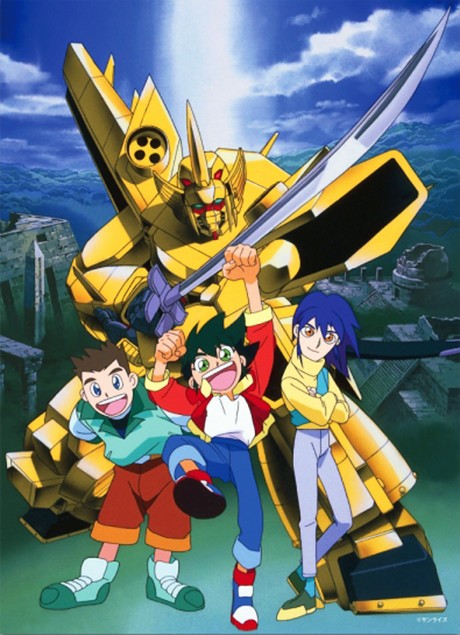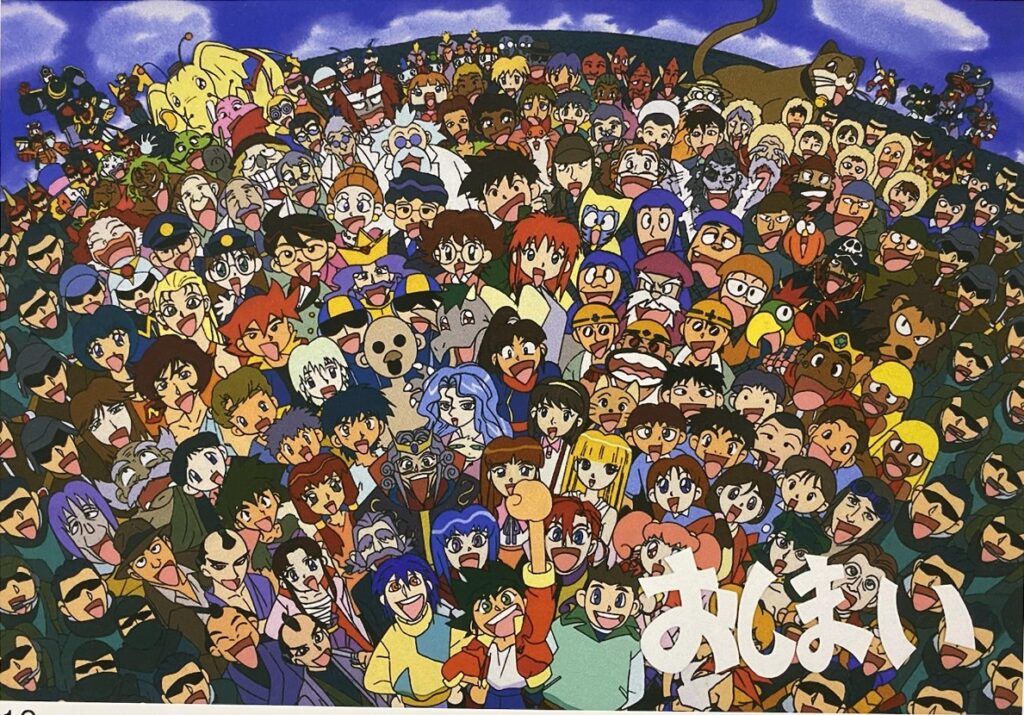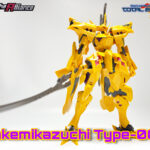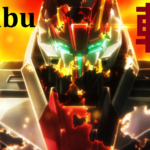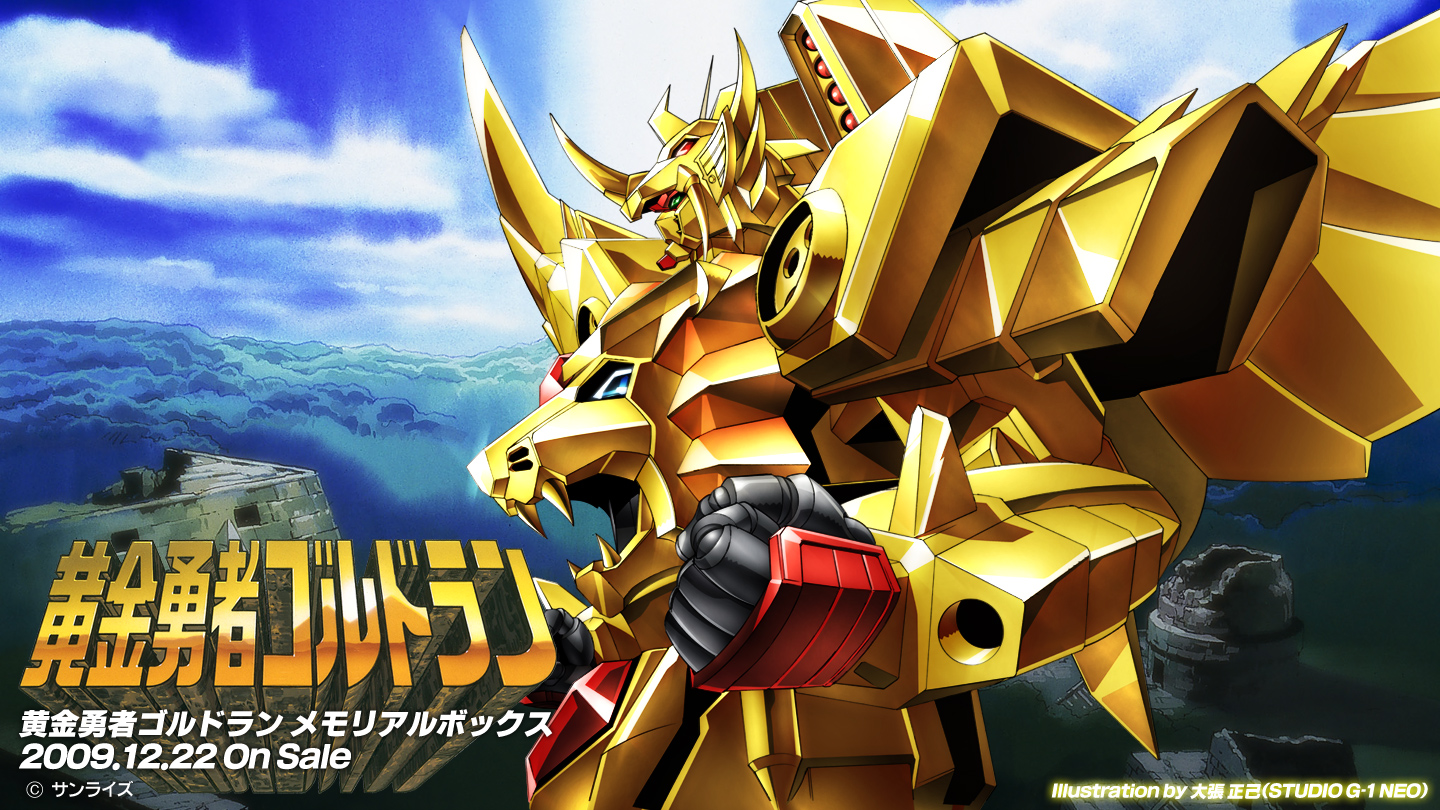
Anime Review: Ougon Yuusha Goldran – A Wholesome and Free-spirited series
Honto no Energy Goldran!
These days, it is the era of wholesome anime. Titles that emphasize wholesome atmosphere, moments, or characters such as Dress-Up Darling, Spy X Family, Love Live! Umaru-chan, and K-On have become major hits for anime watchers and were extremely popular. Relatively conflict-free, providing cute and funny characters and moments, and easy to understand, there is a heartwarming quality in those titles that draw in viewers, especially from younger audiences.
Now we turn to the mecha genre, do we have a title similar to those wholesome titles, with so many of mecha stories telling stories about pilots riding giant machines of death and destruction fighting in wars or against terrifyingly powerful enemies? Is there a breathtaking and easy-going/happy-go-lucky story amongst the tragic epics of steel and blood? The answer to those questions is yes, and the name of that title is Brave of Gold Goldran.
Now we turn to the mecha genre, do we have a title similar to those wholesome titles, with so many of mecha stories telling stories about pilots riding giant machines of death and destruction fighting in wars or against terrifyingly powerful enemies? Is there a breathtaking and easy-going/happy-go-lucky story amongst the tragic epics of steel and blood? The answer to those questions is yes, and the name of that title is Brave of Gold Goldran.
Brave of Gold Goldran is an entry in the venerable Brave/Yuusha franchise, precisely the sixth Brave series. Airing in 1995 (the same year as the legendary Neon Genesis Evangelion) and directed by Shinji Takamatsu, Goldran tells the story of three elementary school students, the Hot-headed, naughty, but kind Takuya, the smart and cool Kazuki, and the strong but gentle Dai as they came across a power stone that can transform into the car robot Dran from planet Legendra. They are being chased by the evil and greedy Walter Walzac and the Walzac empire who wanted the power stones to make their empire the strongest country in the world and obtain the legendary treasure of Legendra. Takuya and co. with Dran must gather other power stones, unlock their Brave robot forms, and make way to planet Legendra to claim the legendary treasure as the master of the Brave robots. Dran can fuse with his dragon robot Golgon that can appear whenever Dran summons it to become Goldran, the titular robot, to battle anything threatening the kids. He will be joined by other Brave robots such as Advenger, the Silver Knights, and Captain Shark over the course of the series. The adventure unfolds as the characters, Brave robots, and even Walter and his family(!) interact with each other, learning about life lessons, friendship, and kindness over the course of 48 episodes.
Goldran’s story is especially wholesome despite regular depictions of battles. No one lost their lives(Goldran only destroys autonomous mecha), No overt display of violence (use of force by the Braves is only deployed when threatened, and never used in a dominating manner), nor sexualized fanservice, and the protagonist’s biggest gun is not used to destroy anything, but only used to deflect a life-threatening attack directed towards our kid Masters. Takuya with his childish naivete does not know (or care) about adult cruelty and warmongering ambitions of Walter and his family; He regularly taunts Walter and repeatedly pull comedic pranks on the evil prince, despite said prince being so heartless as to endanger the lives of children for his country’s ambitions.
Goldran’s story is especially wholesome despite regular depictions of battles. No one lost their lives(Goldran only destroys autonomous mecha), No overt display of violence (use of force by the Braves is only deployed when threatened, and never used in a dominating manner), nor sexualized fanservice, and the protagonist’s biggest gun is not used to destroy anything, but only used to deflect a life-threatening attack directed towards our kid Masters. Takuya with his childish naivete does not know (or care) about adult cruelty and warmongering ambitions of Walter and his family; He regularly taunts Walter and repeatedly pull comedic pranks on the evil prince, despite said prince being so heartless as to endanger the lives of children for his country’s ambitions.
This is a kids’ show, and the show needs to develop a positive influence. So, aside from many, many comedic moments throughout the show, multiple episodes serve to remind them as kids to not overstep their bounds to their guardian figures and not be abusive. Dran and co. scolded Takuya when they began to abuse or misuse their position as the Brave masters, making this show almost the ideal kids show. One episode with Dran accidentally making a female robot pregnant through an accidental kiss and going through insane comedy hijinks can be questionable to some, though. But out of all 48 episodes, Goldran is overwhelmingly wholesome, comedic, fun, and light-hearted, perfect for a viewer who wants to relax, laugh, and have fun. As a collaboration between Takara and Sunrise, Goldran really carries the child-friendly element from the vast majority of Takara’s shows.
As a mid-1990’s anime animated by Sunrise, with mecha designs by the legendary Okawara Kunio. Longtime mecha fans can discern his trademark boxy style at work in this series. The fantastical nature of Legendra’s Brave mecha here is depicted perfectly, with whimsical transformations and combinations fitting for a Brave series. Characters are designed by Hirotoshi Takaya, in the style of 1990’s kids anime. The graphics may look dated, but they are well-animated and crisp, with the mecha battles being fluid and well-animated despite using stock footage many times. Takamatsu’s directing brought the very best of the stock footage technique, and the story is always set in different locations, making it never boring. Music-wise, the opening, Bokura no Bouken by A-Mi is the most memorable track of this series: it’s an upbeat, cheerful song that is full of spirit. The other tracks though, sadly, are less memorable.
As a mid-1990’s anime animated by Sunrise, with mecha designs by the legendary Okawara Kunio. Longtime mecha fans can discern his trademark boxy style at work in this series. The fantastical nature of Legendra’s Brave mecha here is depicted perfectly, with whimsical transformations and combinations fitting for a Brave series. Characters are designed by Hirotoshi Takaya, in the style of 1990’s kids anime. The graphics may look dated, but they are well-animated and crisp, with the mecha battles being fluid and well-animated despite using stock footage many times. Takamatsu’s directing brought the very best of the stock footage technique, and the story is always set in different locations, making it never boring. Music-wise, the opening, Bokura no Bouken by A-Mi is the most memorable track of this series: it’s an upbeat, cheerful song that is full of spirit. The other tracks though, sadly, are less memorable.
Goldran is, in my opinion, a very positive show. It teaches children to enjoy life and have fun. To be happy, honest, and never to wallow in sadness and despair. It extends a helping-hand even towards its’ villains, redeeming them, and reminds us that life is an adventure. Life is something to be enjoyed together with your friends, and to never give up on it as we walk towards tomorrow. If I may suggest something for mecha writers of this generation, make more shows like Goldran. Creators can attract new viewers and make this genre more colorful and give it a more positive tone. Something upbeat, optimistic, and hopeful like Goldran for today’s generation can become a treasure for the mecha genre in this age of wholesome anime, standing alongside titles from other genres to deliver uplifting messages.
In the end, give Goldran a whirl, because who knows, it may be what you need to relax after the recent dramatic violent streak in mecha animes.
=MANSEN=
In the end, give Goldran a whirl, because who knows, it may be what you need to relax after the recent dramatic violent streak in mecha animes.
=MANSEN=
Check out more recommendations:
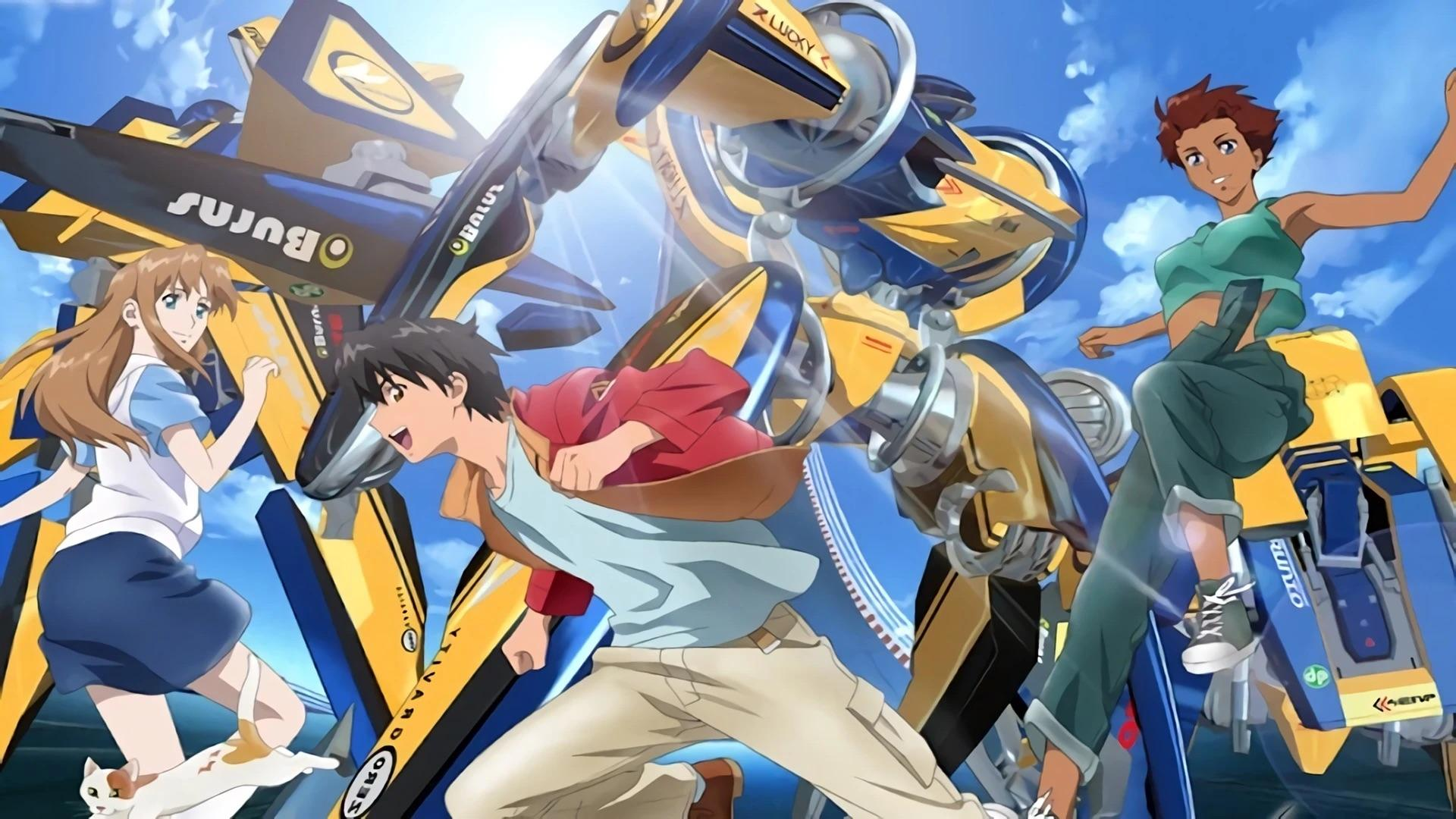
I am speed! Sports mecha isn’t very common. But when done right, it can deliver a rush just like other mecha series. Join the Immortal Grand Prix for some adrenaline-pumping races!
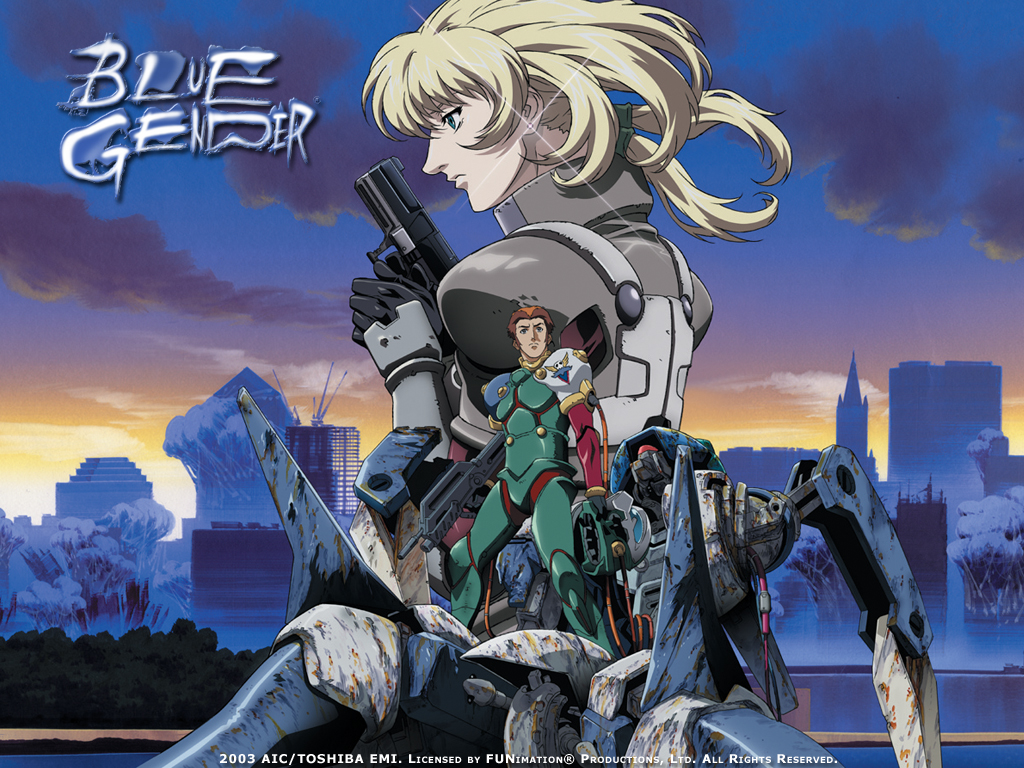
A classic premise of human versus monsters that push one’s limit to the max. But can our hero overcome that limit, or succumb to the unending fires of war.
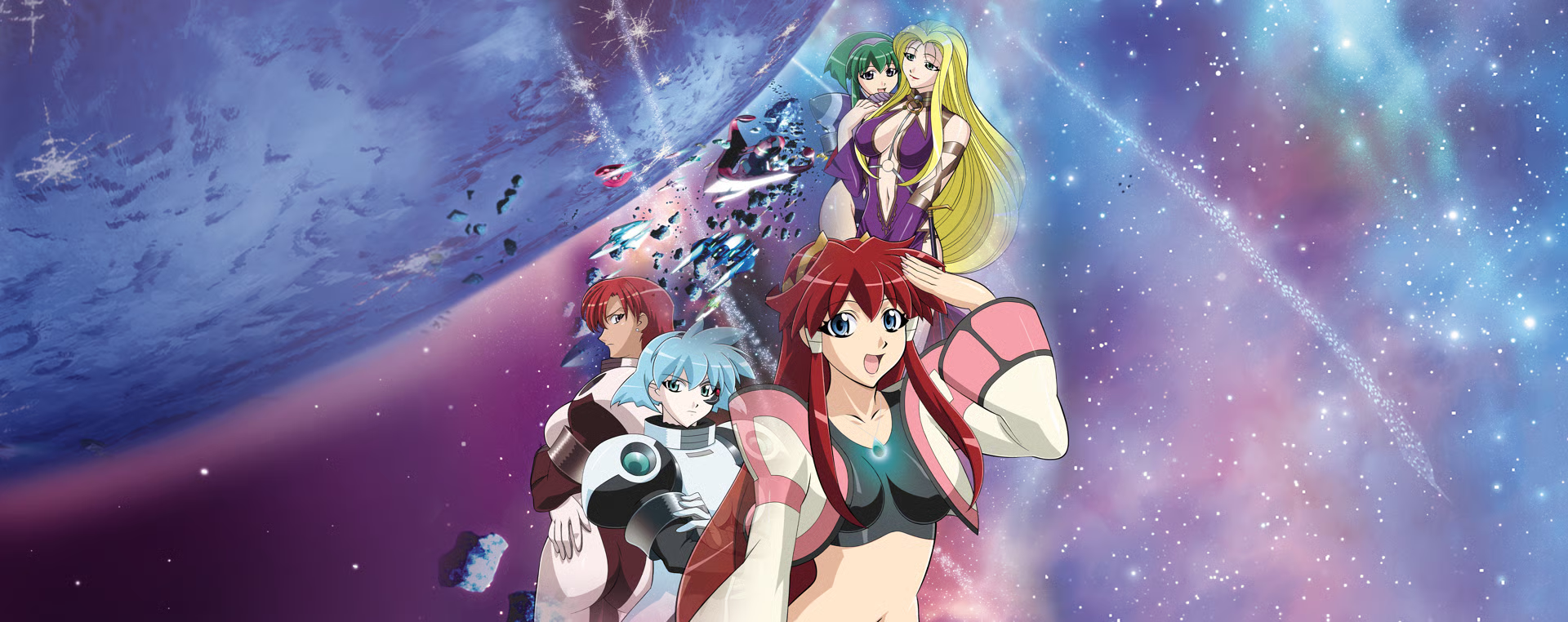
An action-filled romcom that takes place in the vast space, Vandread is a story about a society divided. For some obscure reasons, men and women are forced to live separately on different colonies, destined to never come into contact with each other. Until the day Hibiki Tokai, our teenage hormone-filled male, decided to steal a Vanguard – a mecha used for the gender war. He then got caught in an attack by female pirates and was forced to journey with them when they all got thrown through a wormhole and had to look for a…
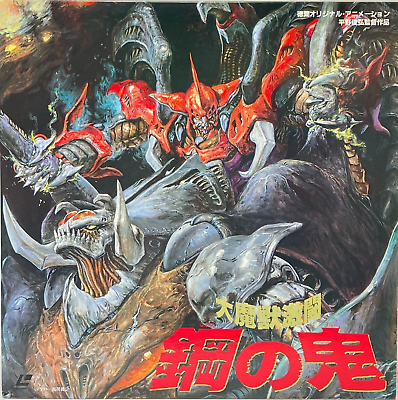
Daimajū Gekitō: Hagane no Oni (大魔獣激闘 ~鋼の鬼~, Fierce Battle of Colossal Beasts: Steel Devil) is a 1987 Japanese original video animation directed by Toshiki Hirano, with a screenplay by Shō Aikawa. Mechanical designs were handled by Kōichi Ōhata, and Masami Ōbari served as animation director. The story follows Takuya, who visits a research facility to reconnect with an old friend, uncovering their shared involvement in a mysterious experiment conducted three years earlier, in 1984.
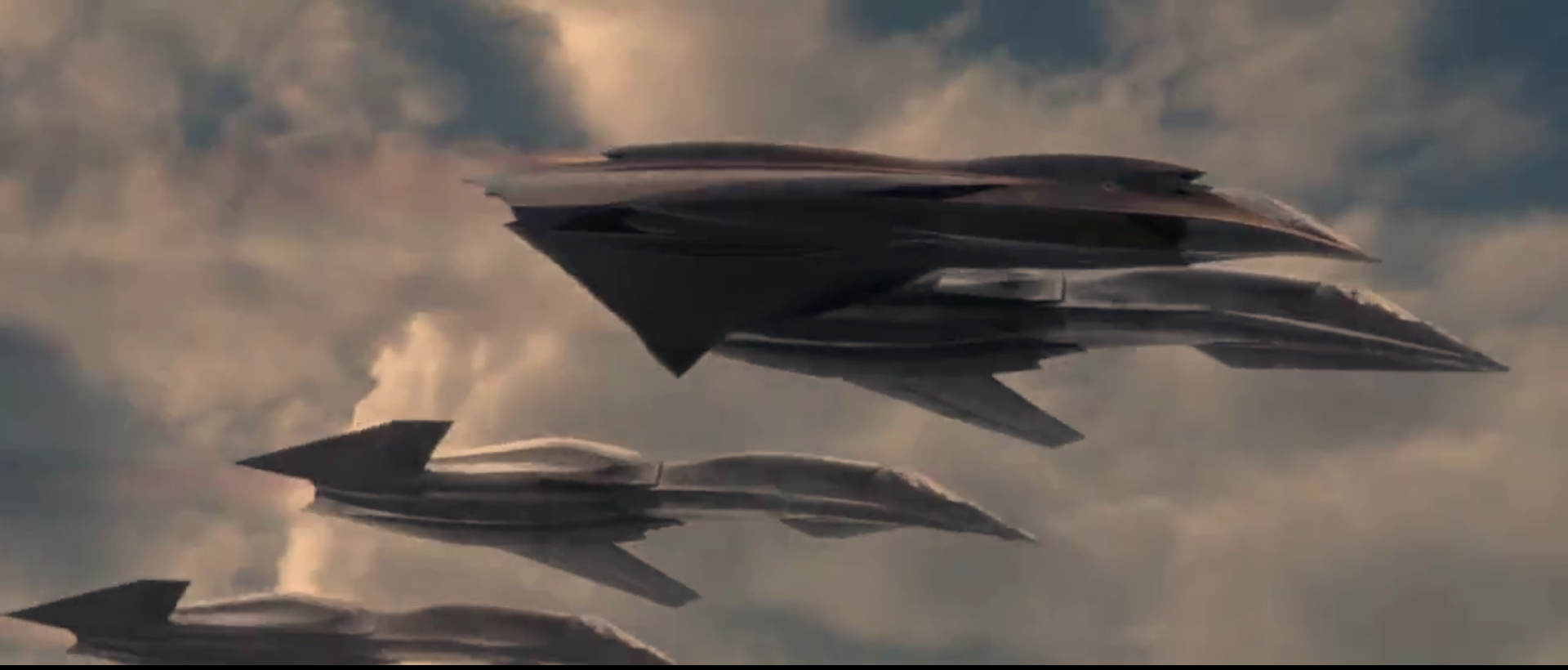
Let’s turn and burn! A movie about futuristic stealth fighter and AI-jet. Sounds familiar? This is Macross Plus live action with a sprinkle of Ace Combat and Yukikaze.
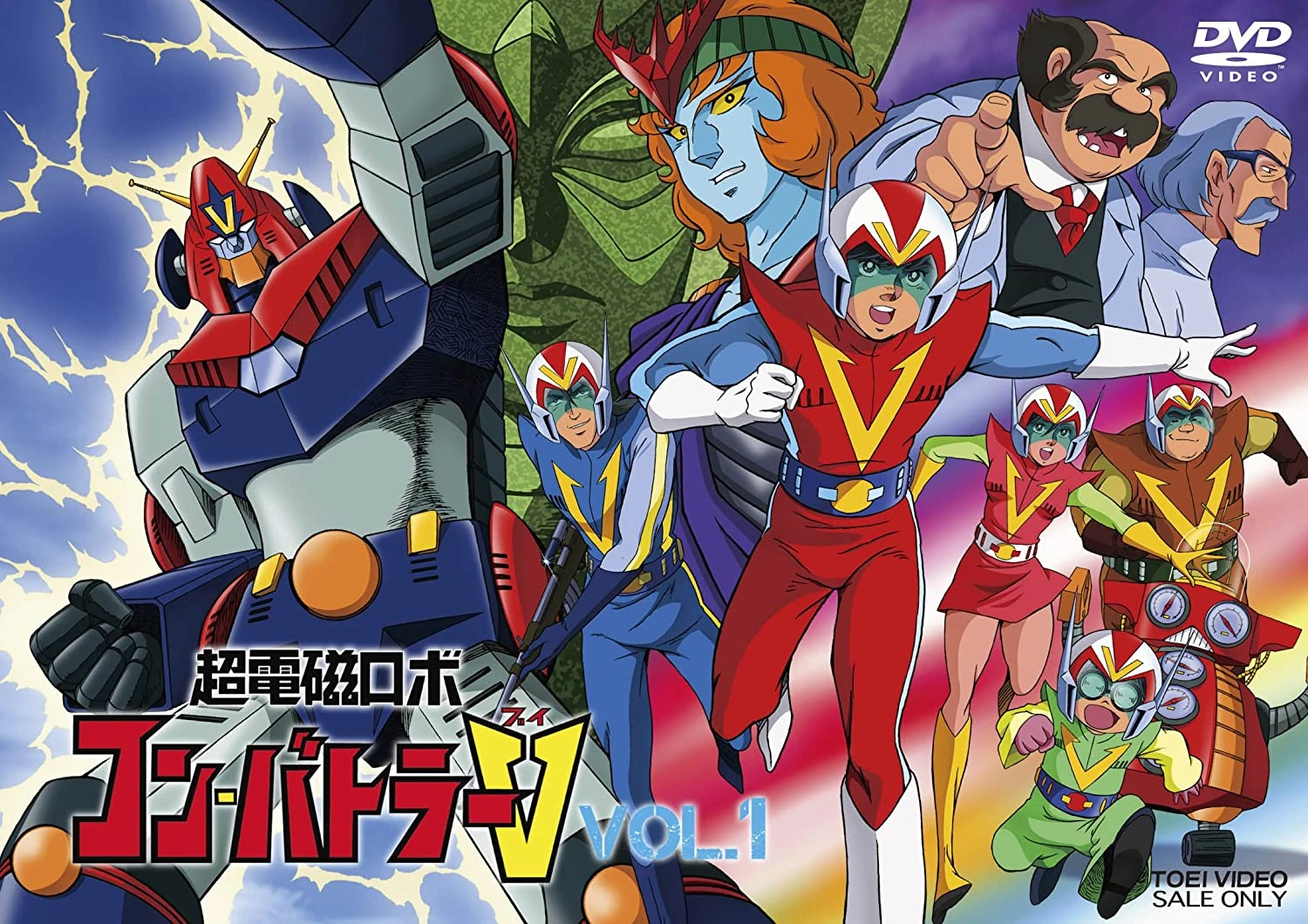
The first Super Electromagnetic robot! Combatller V combined a fast-paced Monster-of-the-week with dramatic development, taking advantage of the 5-man team format.
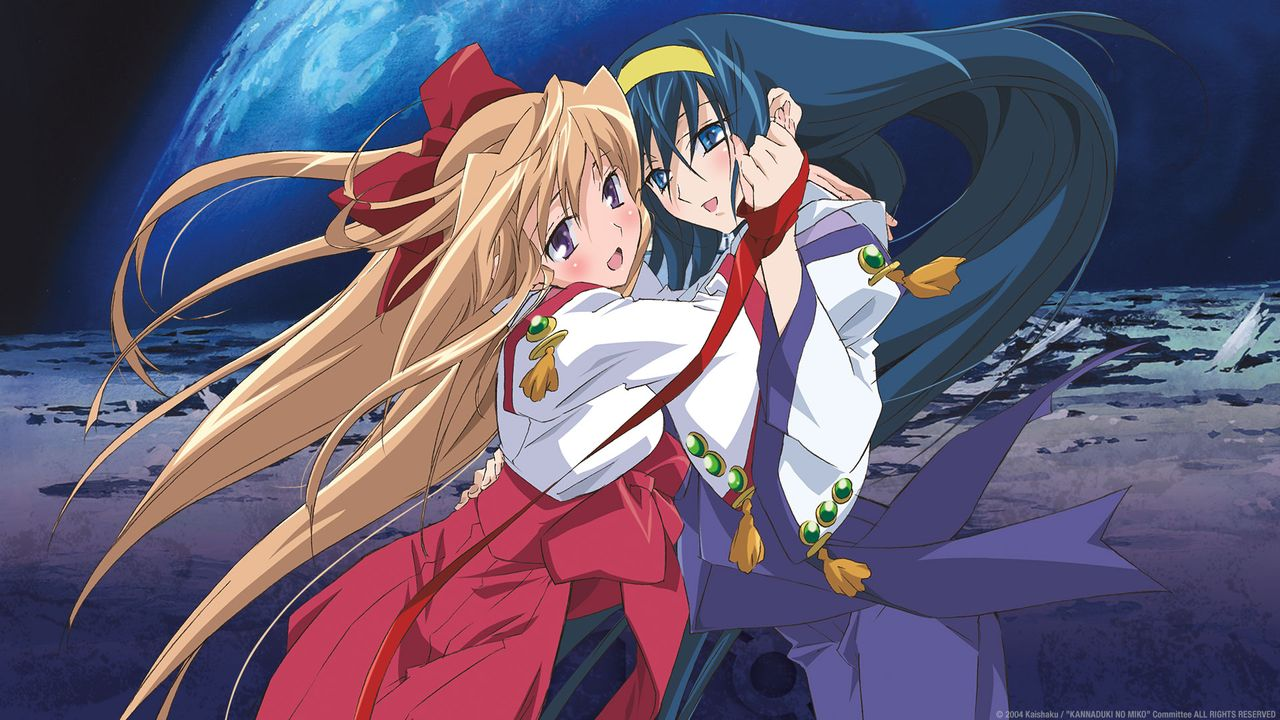
A combination between Japanese myths and mecha. An intricate relationship between 2 girls and one guy, with intense Super Robot combat in-between.
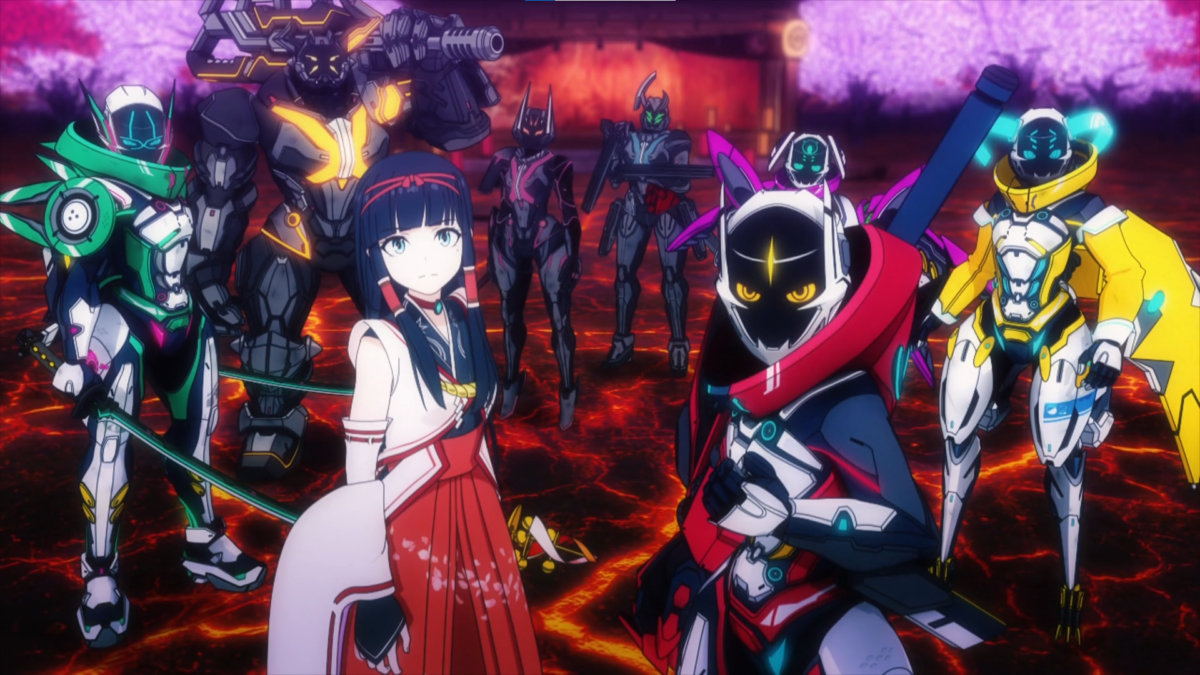
An original Toku-themed anime that is packed with action. While facing the challenges of full 3DCG animation, Shikizakura delivered an inspiring and emotional story for would-be heroes.
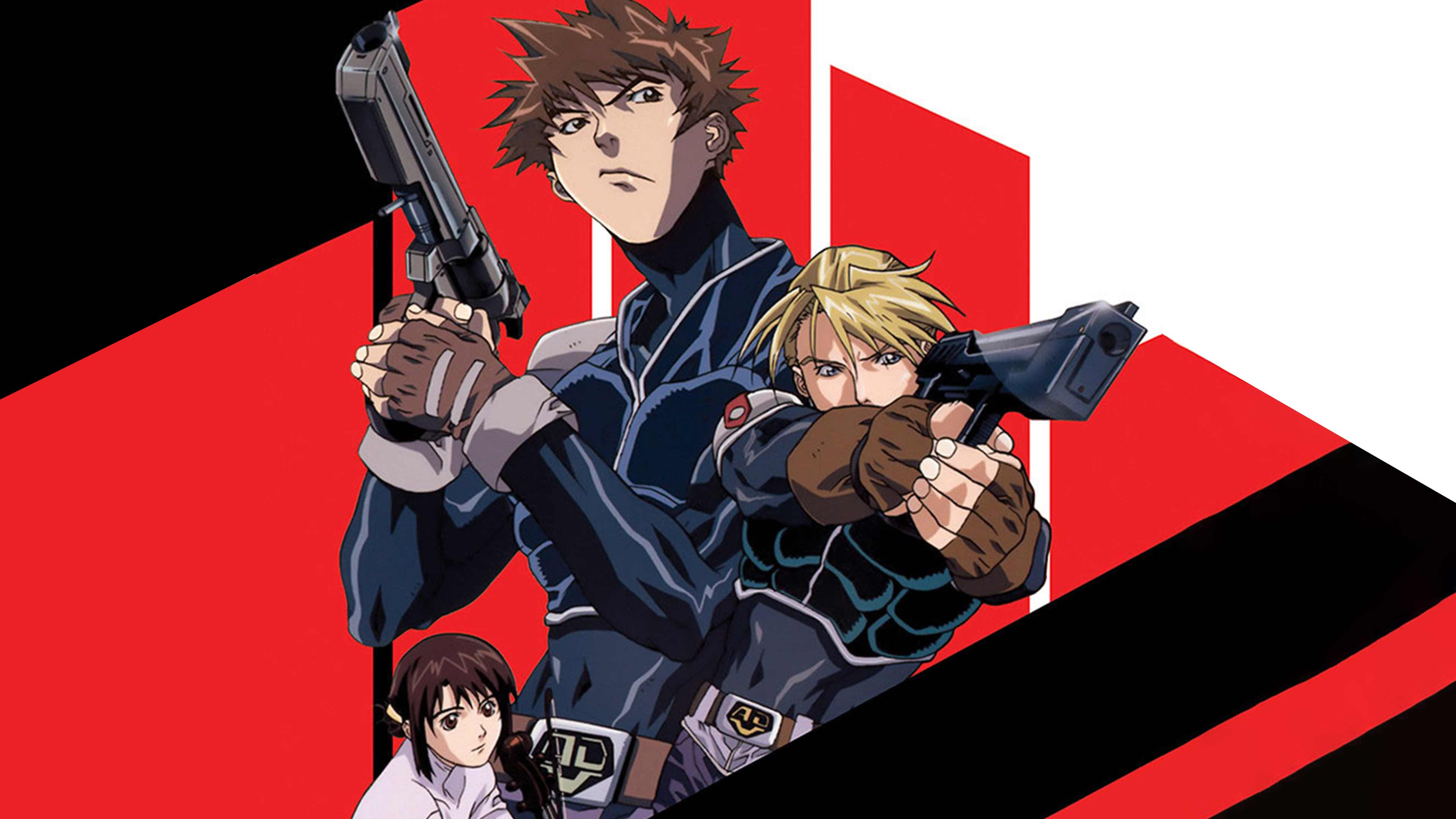
A chance to see the A.D Police from Bubblegum Crisis in honorable action. Two detectives take on cases of rampage Boomers, unraveling a sinister plot that can change the world.
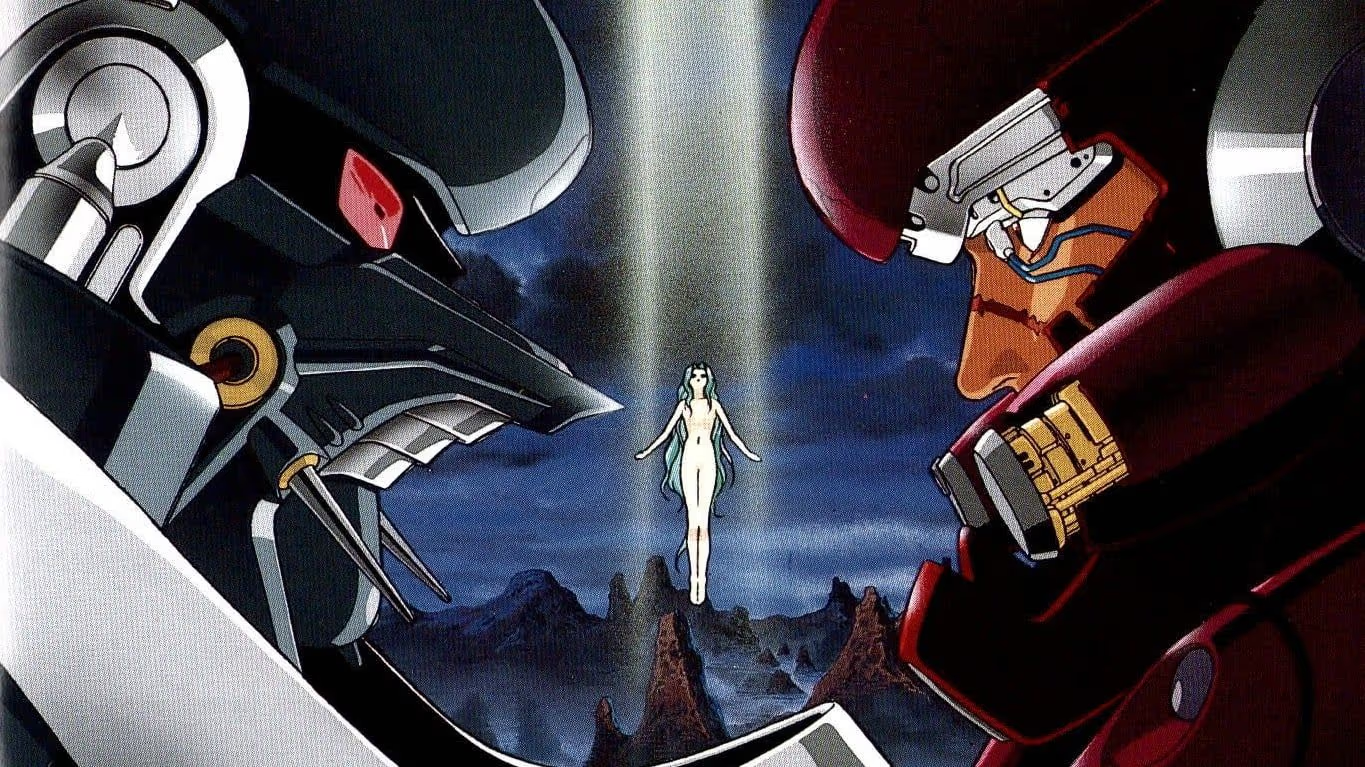
An apocalyptic tale of burning sand and monsters. A young man set out for vengeance, acquiring the usual hot chick and robot buddy on the way.
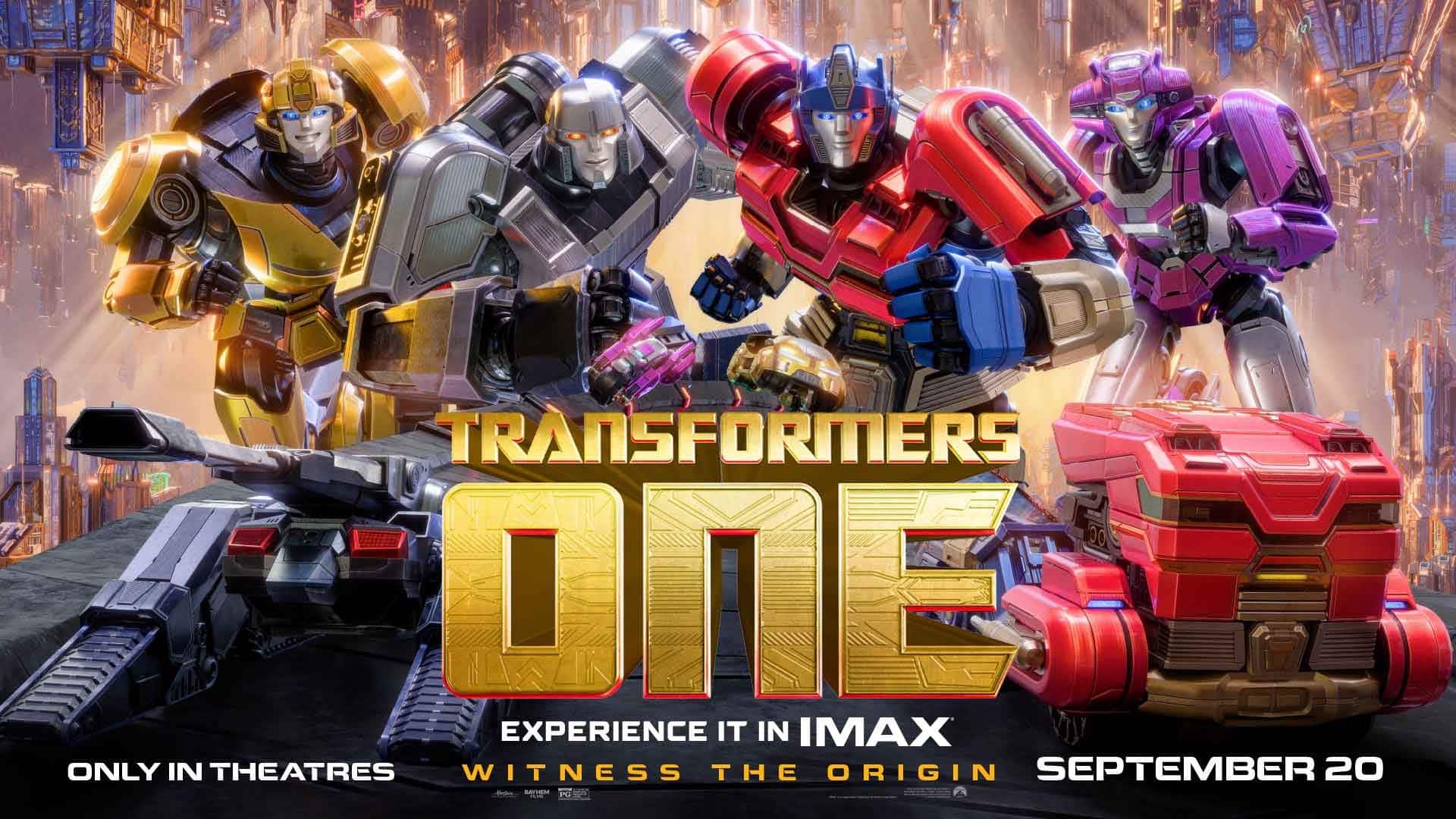
A refreshing tale about how the best of friends became sworn rivals. A vibrant, well animated movie where characters shine through their own merits, and bring a new wind to the franchise.
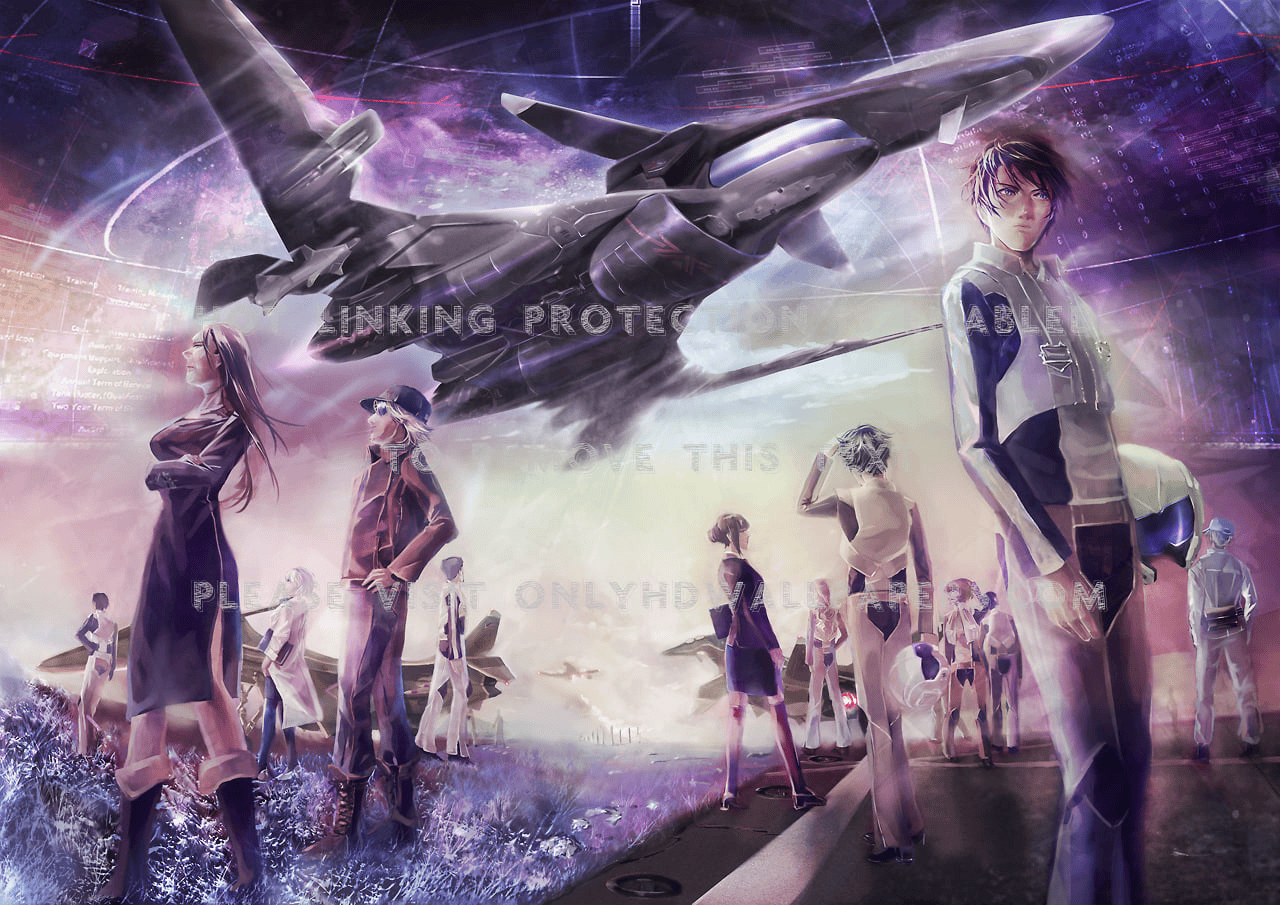
The fruit of collaboration with Japan Air Self-Defense Force, the air combat scenes of this anime is what set it apart

A futuristic world where sports are played in the most dirty way possible, a team of good-hearted robots gather to prove that good sportsmanship can prevail in any era.
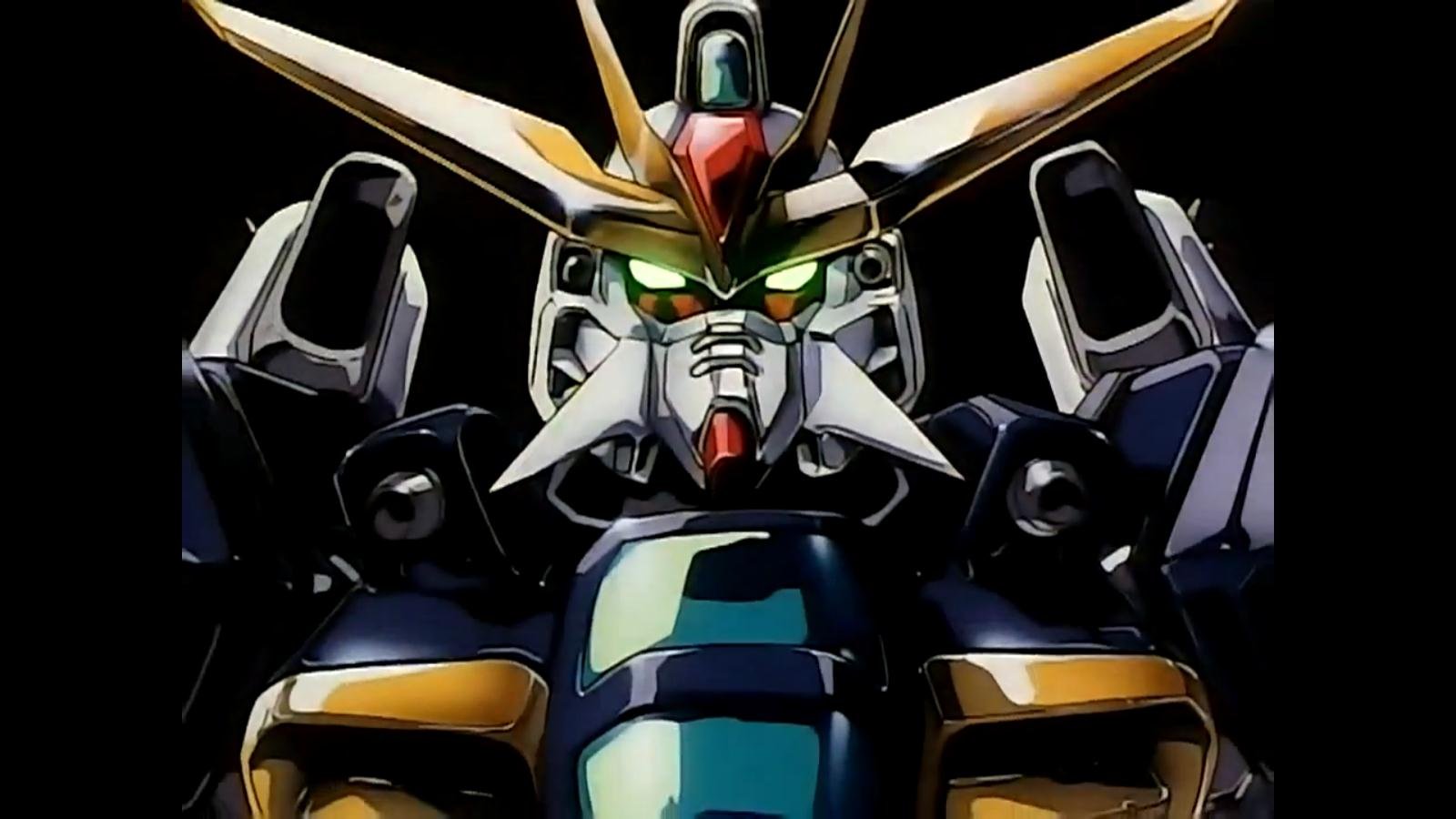
Despite often being overlooked by newer fans, After War Gundam X is a must watch for any Gundam lovers.
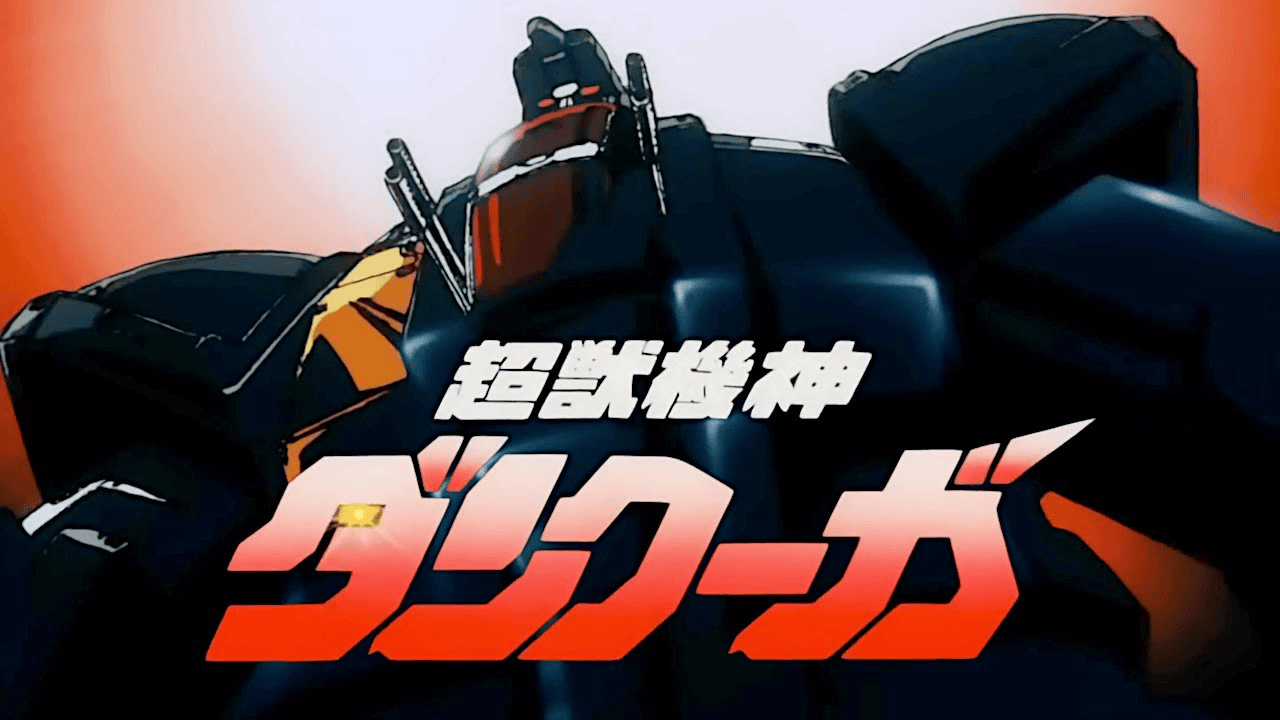
The fusion of Man and Beast and Machine. Dancouga became an iconic Super Robot that merged aspects of Super Robot with Real Robot.

Passion makes satisfaction. A group of student show what they can accomplish with a mecha short film that leaves you desperately wanting more!

The end of a legend dragged through the mud from the peak of success. Studio Gainax is a regrettable case where high execs ruin a respectable legacy.
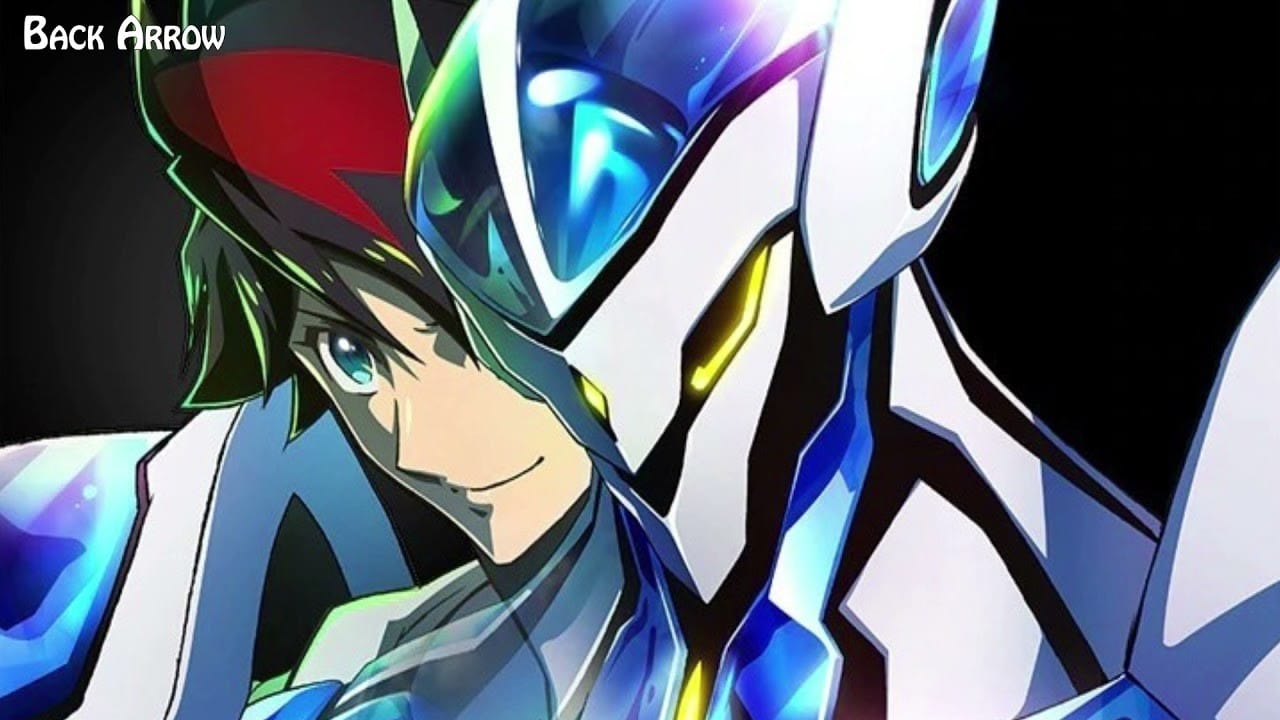
A man thrown into a stranger world naked ended up fighting against god. What more could you ask from a mecha show? Eh…maybe better writing?
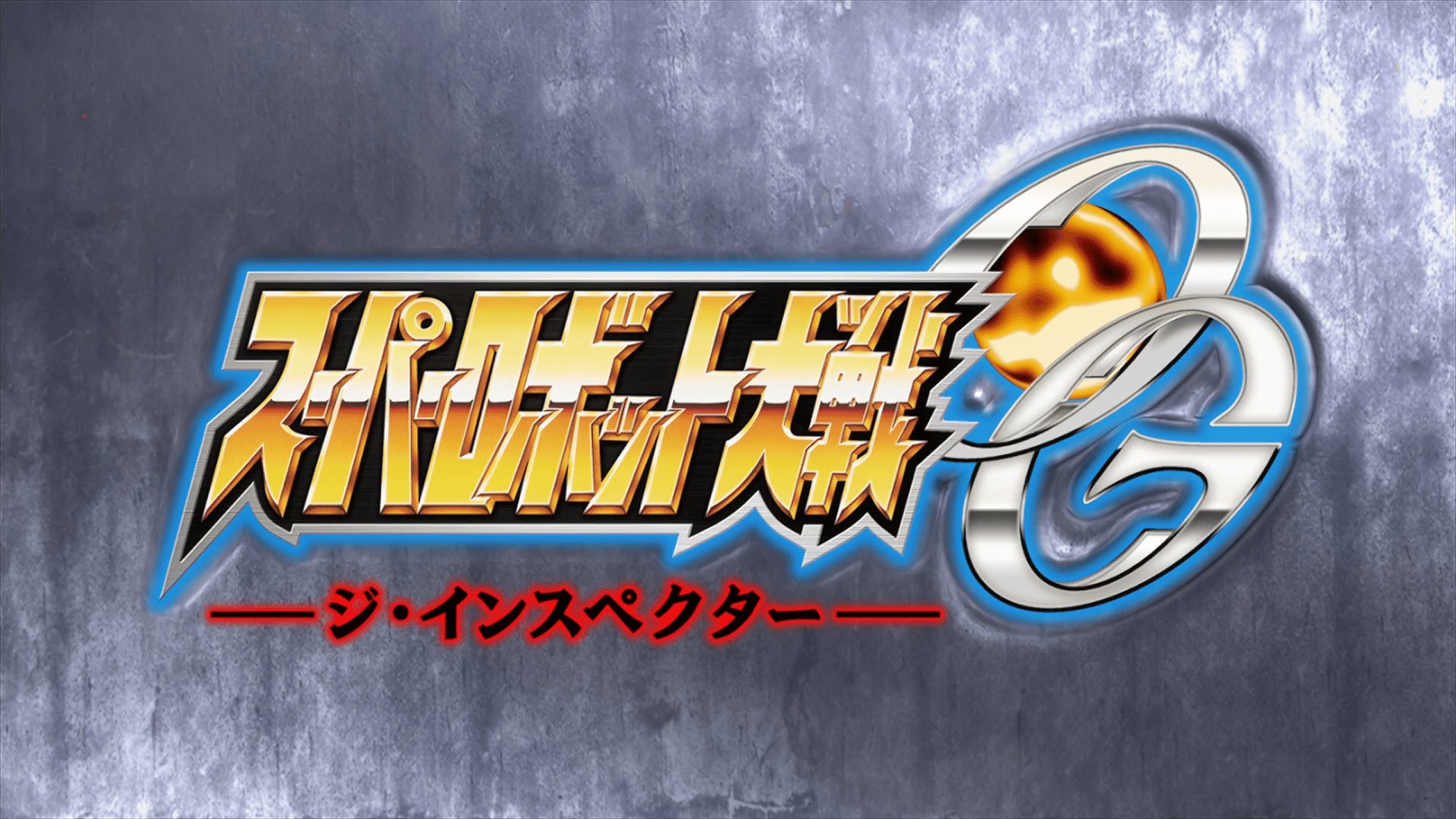
With utmost love for the Super Robot Wars series, Obari crafted one of the most prominent Mecha anime of modern generation.
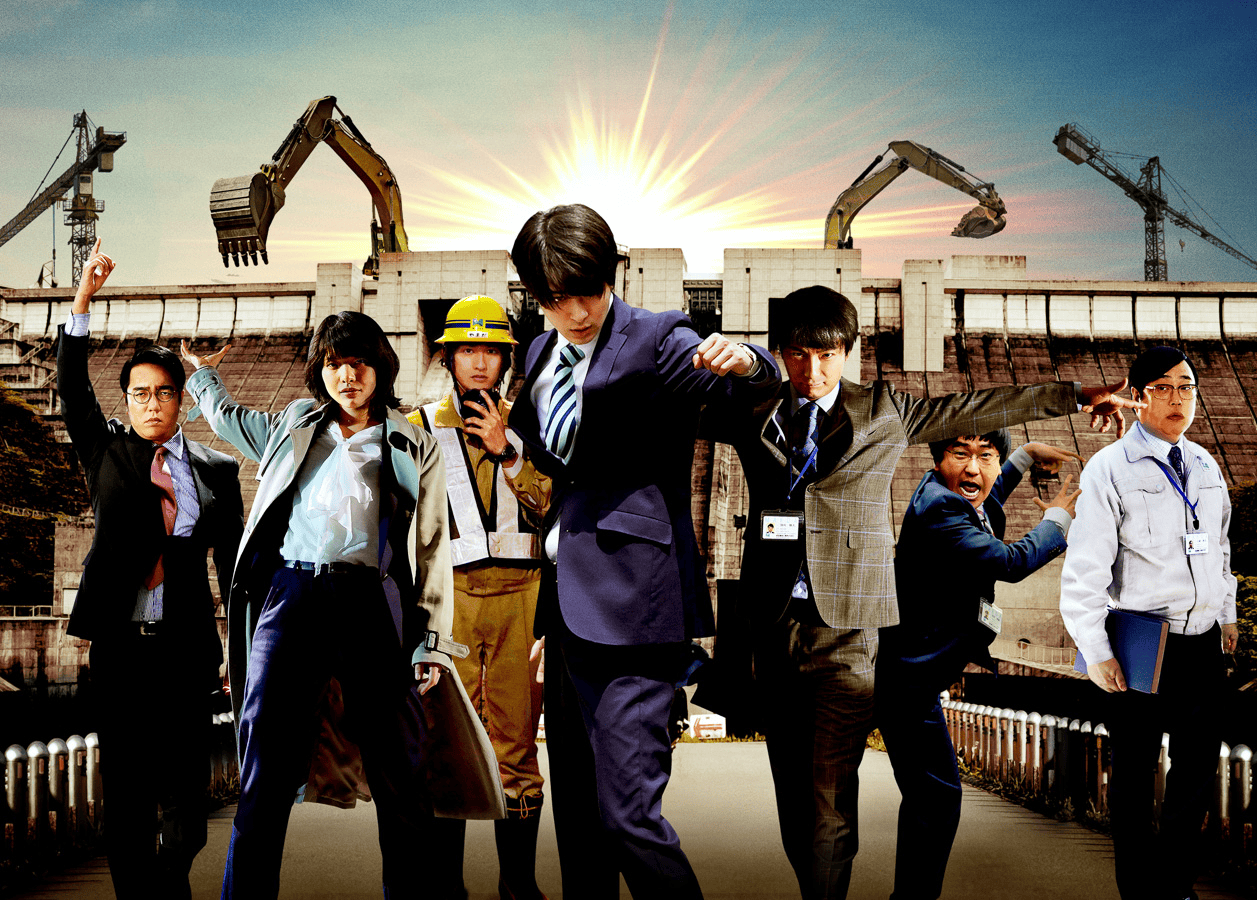
A seemingly impossible task of building Mazinger Z hangar in real life. A ragtag team of a planning company assembled the Fantasy Division to turn fiction into reality.

A light-hearted series that turned into intense space opera. The Girl Who Leapt Through Space leaps through many genre to deliver a unique experience and turn everyone’s expectation upside down.

A desolate planet now submerged in liquid. A totally unique and fresh mecha series where all the robots are underwater. Oh and there’s also a talking whale.
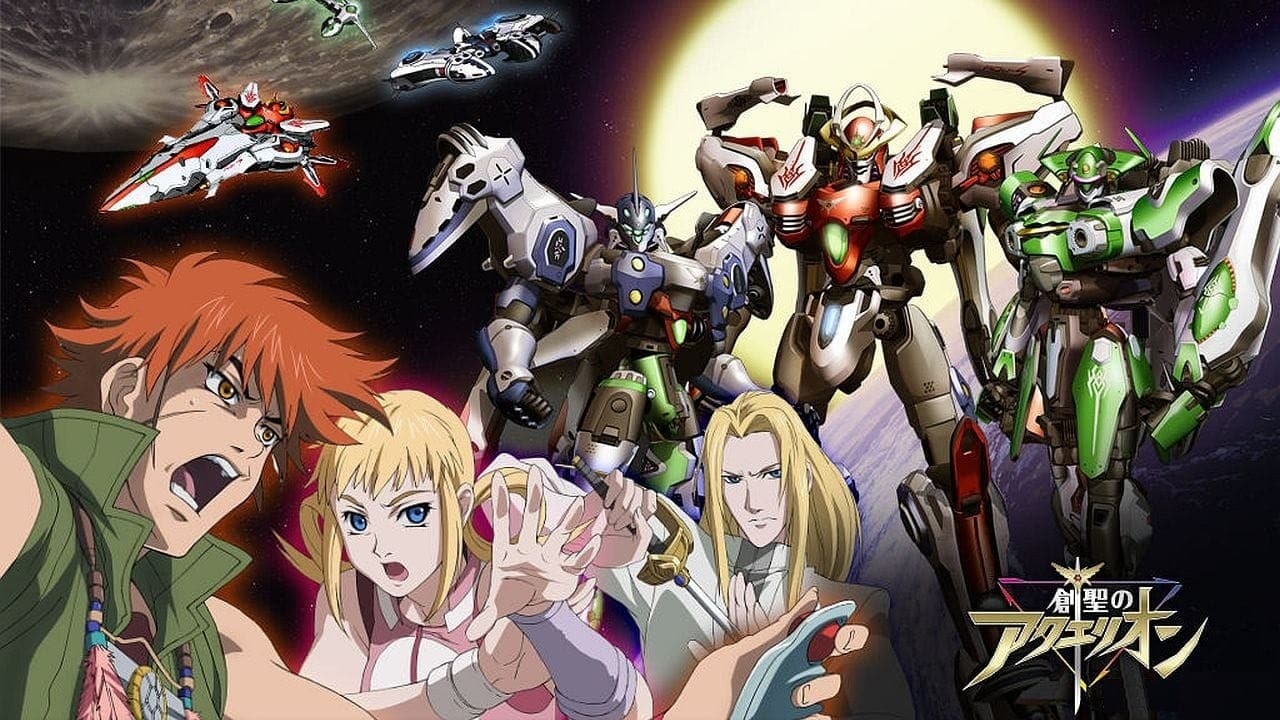
A love story that spans through 12000 years. The war between Angels and humans fueled by passionate emotions. Shoji Kawamori shows us why he’s the master of the sky.
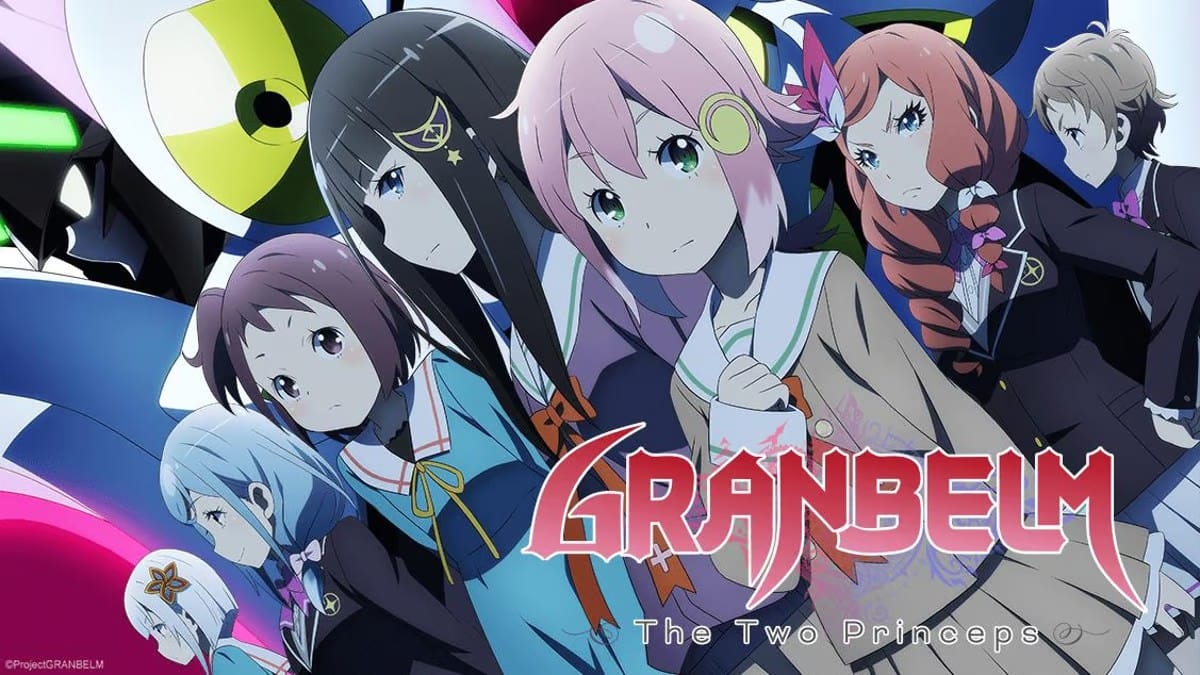
What happens if we mix Mahou Shoujo, Mecha and Battle Royale into one? We get Granbelm – an emotional story about the lives of young girls entangled in an ancient war.
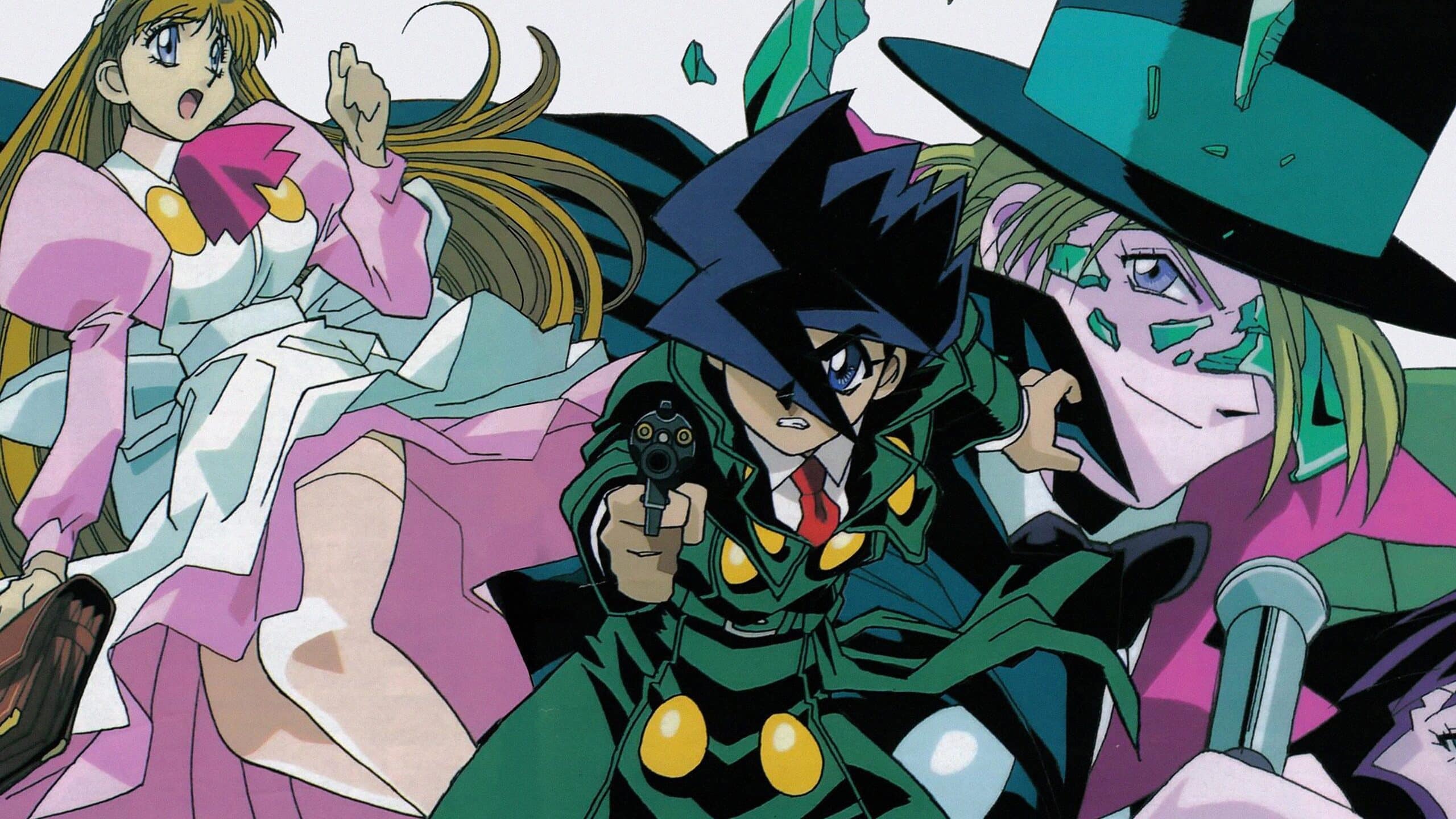
In the city of smoke and steam, a young kid works as a detective alongside his nurse and butler to protect the peace. An old classic for fans of the steampunk style.

The 2nd season of the lovely Mass-Produced Riko series. Join Riko and co as they embark on an all new venture, while drawing interesting lesson from building plastic models.
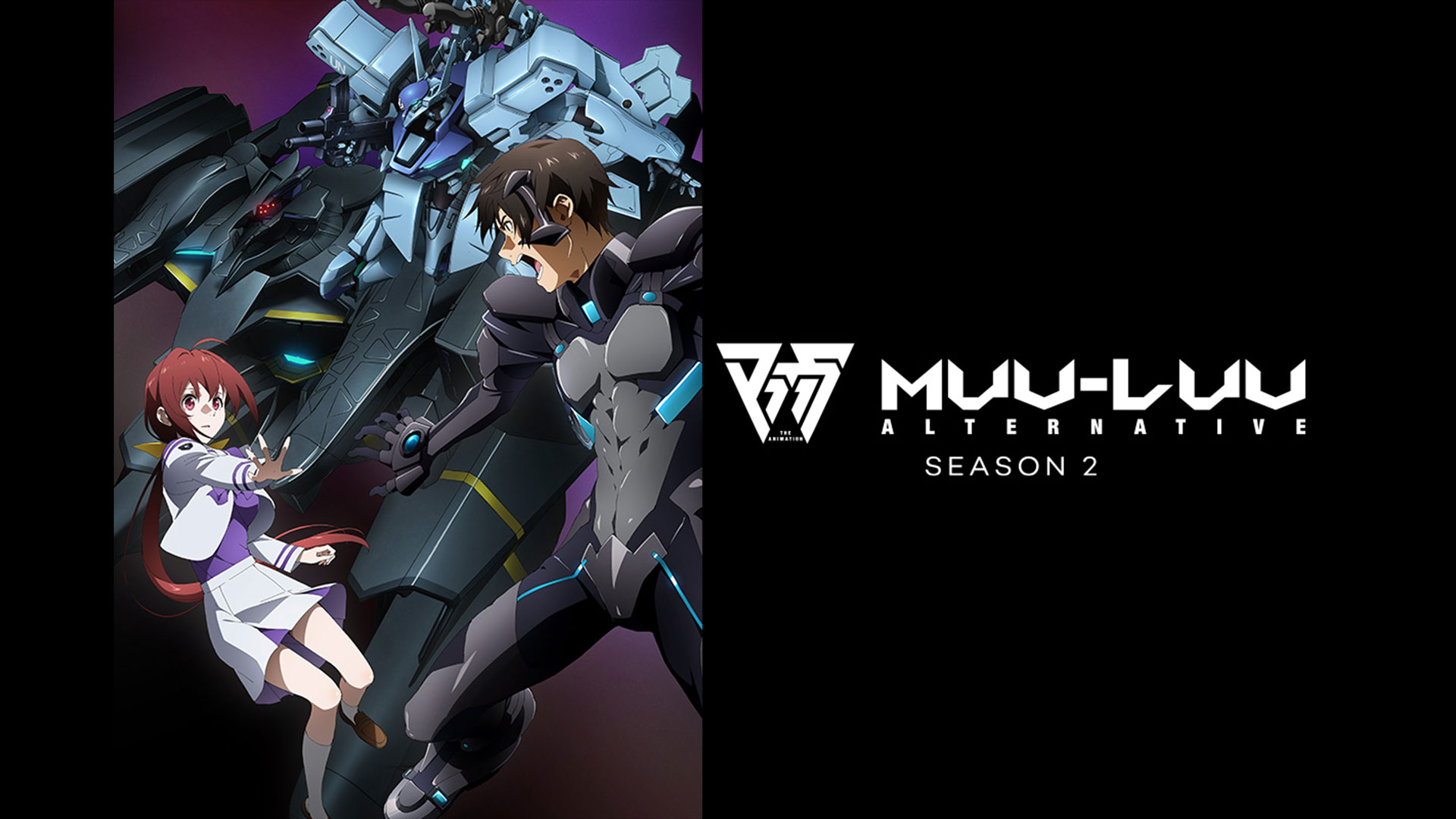
The long-awaited continuation of the mecha isekai of pain. Season 2 of Muv-Luv Alternative is definitely trying to woo you by slamming intense scenes at you – but is it worth it?

One of the most difficult to adapt Mecha series, Muv-Luv Alternative anime started off with a questionable season, but you should still check it out.

A remake of another Tatsunoko hero. The Space Knight returns with a completely new story, design and brings us on an emotional journey of a tragic hero.
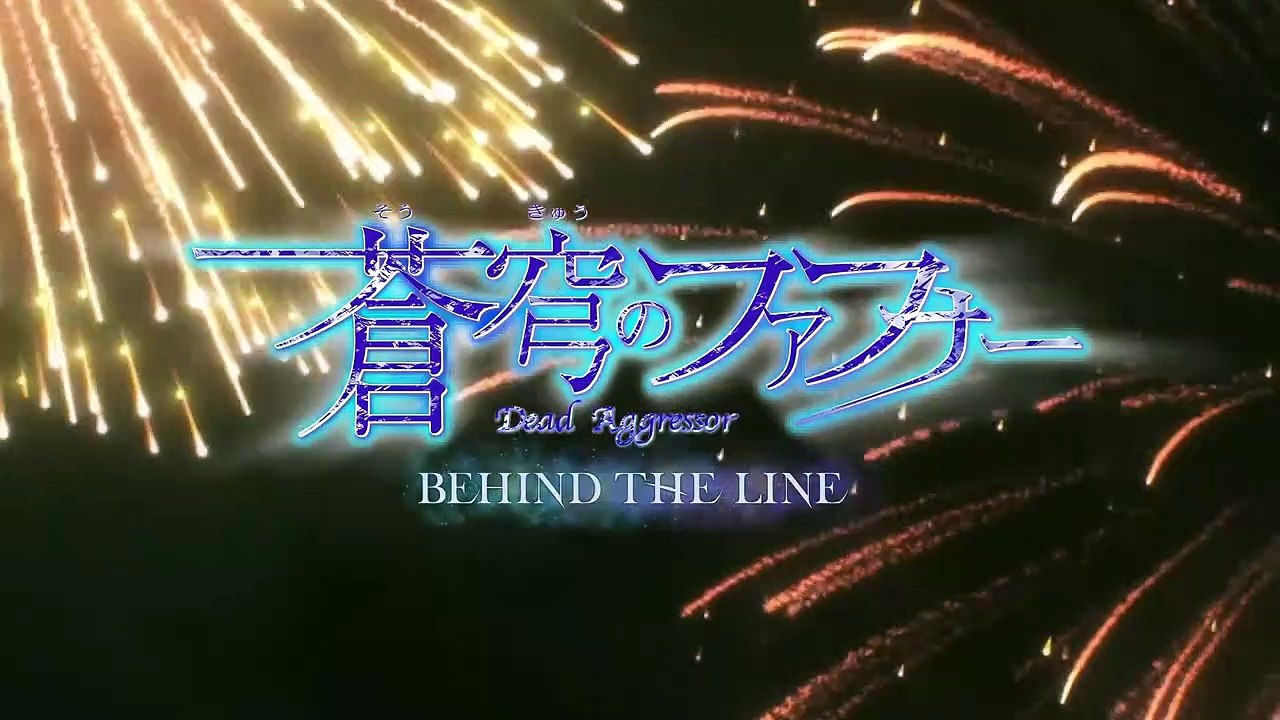
An OVA that took place between the movie and Exodus, Behind The Line shows us how the characters mature throughout the season, with a hint of retrospective nostalgia.
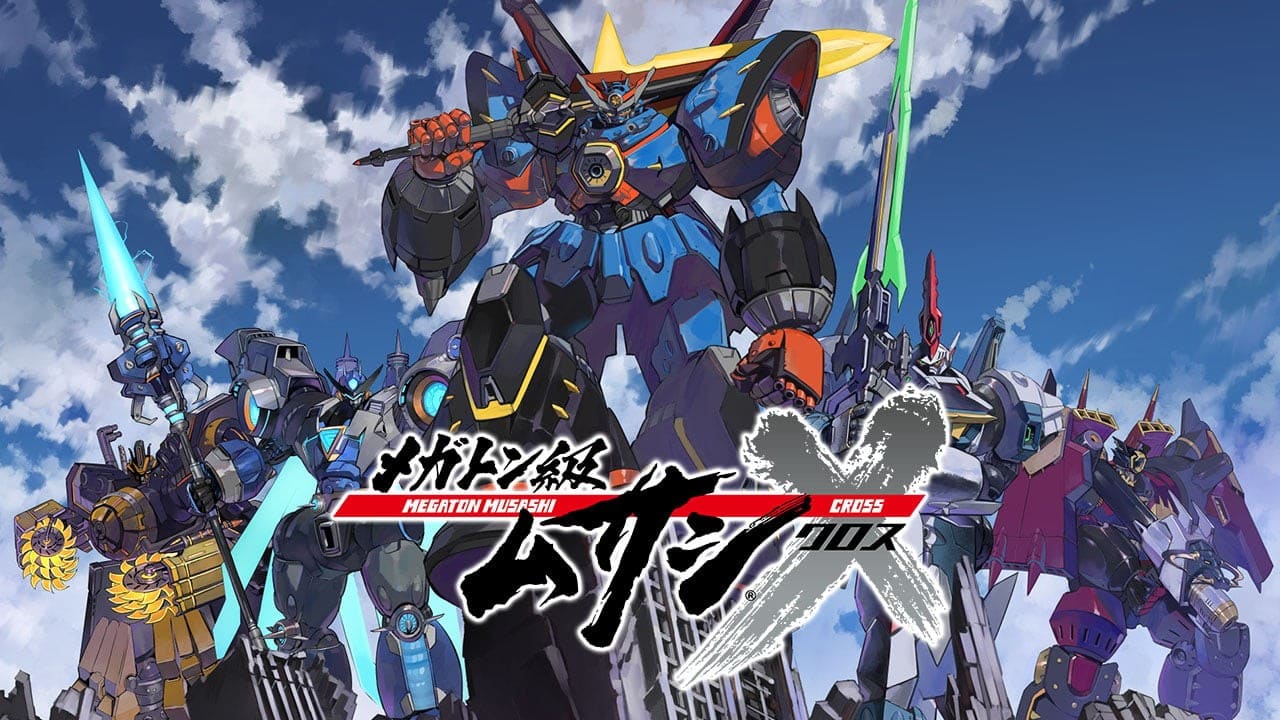
The continuation of the hot-blooded saga, this time filled with emotional drama and even more badass action. A great video game adaptation but not without flaws.
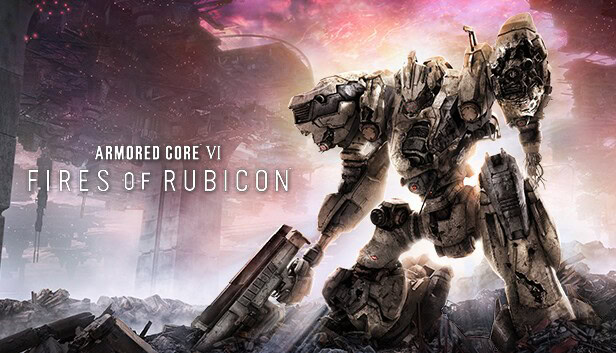
The long awaited legend’s return that satisfy all mecha fan’s longing for a good game. Armored Core 6: Fires of Rubicon is an experience you have to play to believe.
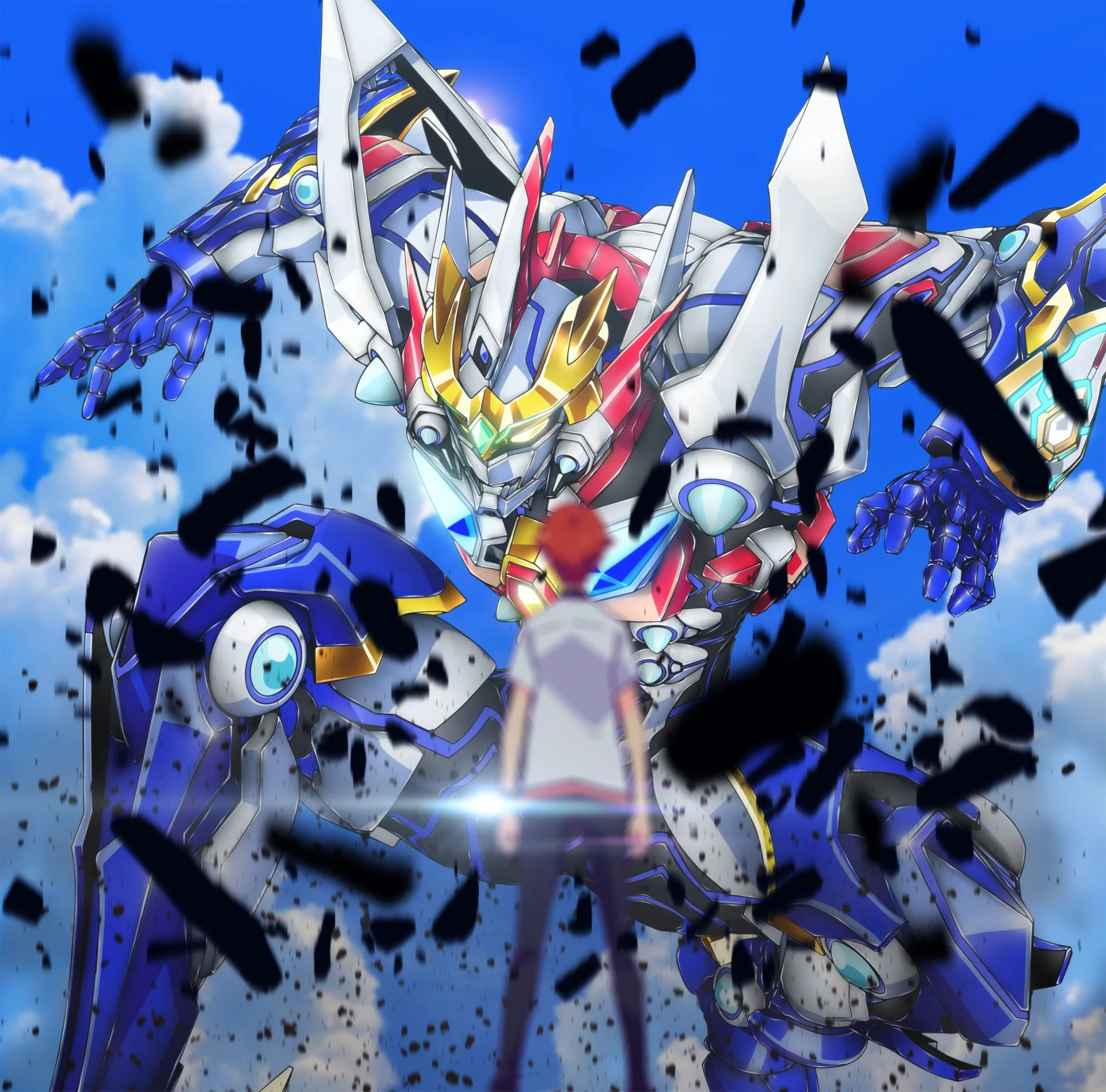
Universes collide as the cast of Gridman and Dynazenon is caught in a dimensional anomaly. But what’s more troubled is Yuuta – who has to become Gridman again with a troubled heart.
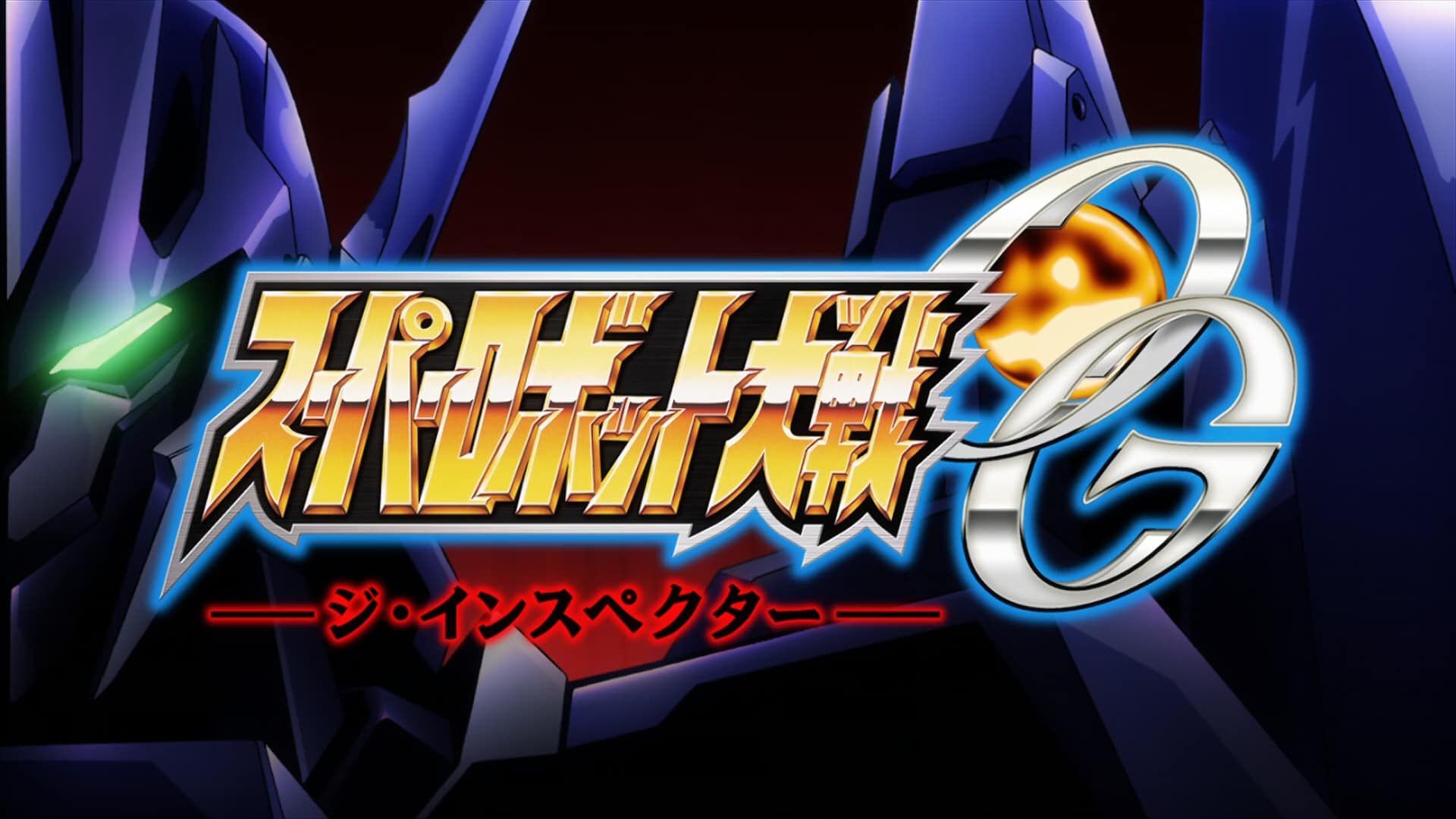
When you talk about the most badass mecha, you have to mention SRW OG and Masami Obari. And when these two combine, you get the best SRW anime of all time.
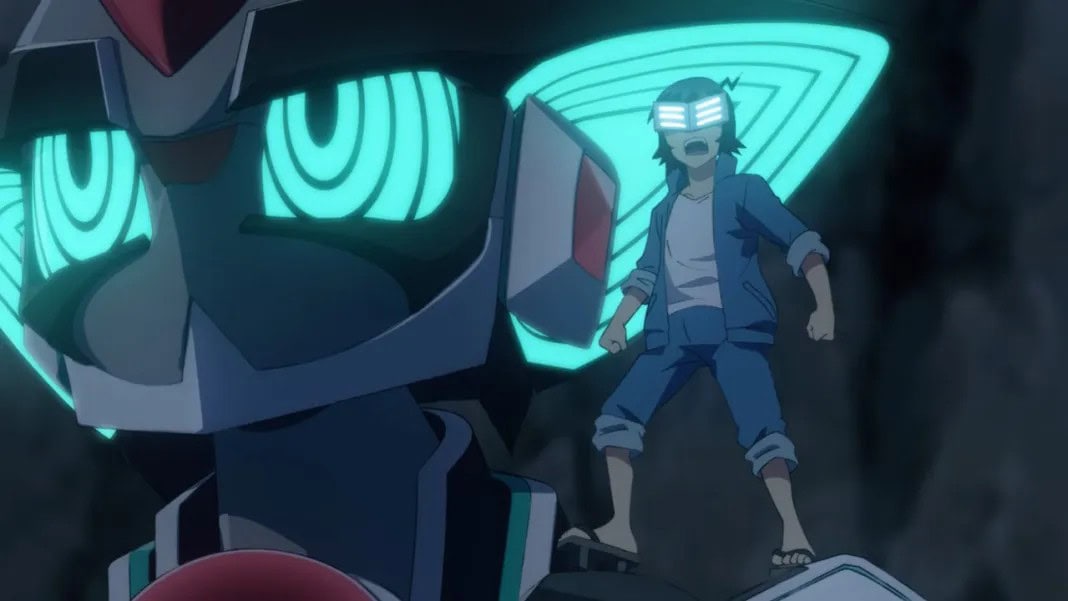
A unique series where the true pacifism versus justice. A bold premise and interesting gimmick make Planet With a very selective series in terms of audience – but it definitely deserves a chance.
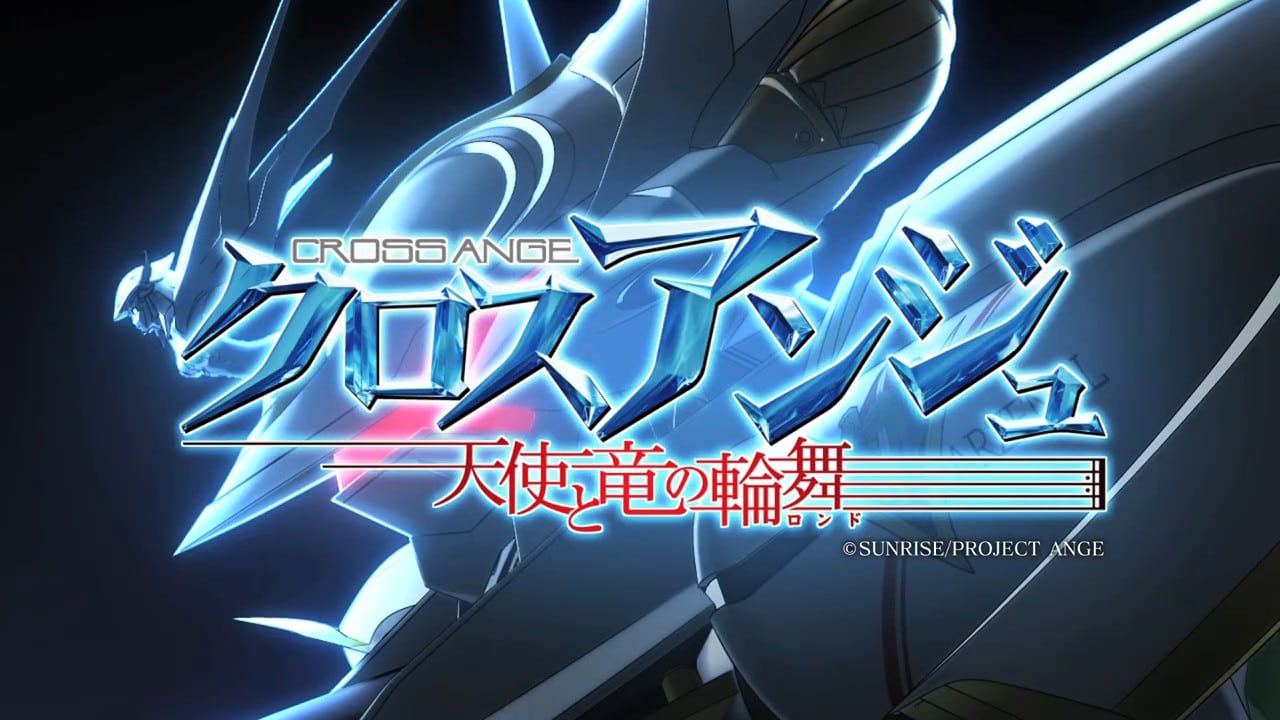
From the studio that created Buddy Complex and Valvrave, Cross Ange is another Sunrise’s original that challenges the limit of its audience once more .
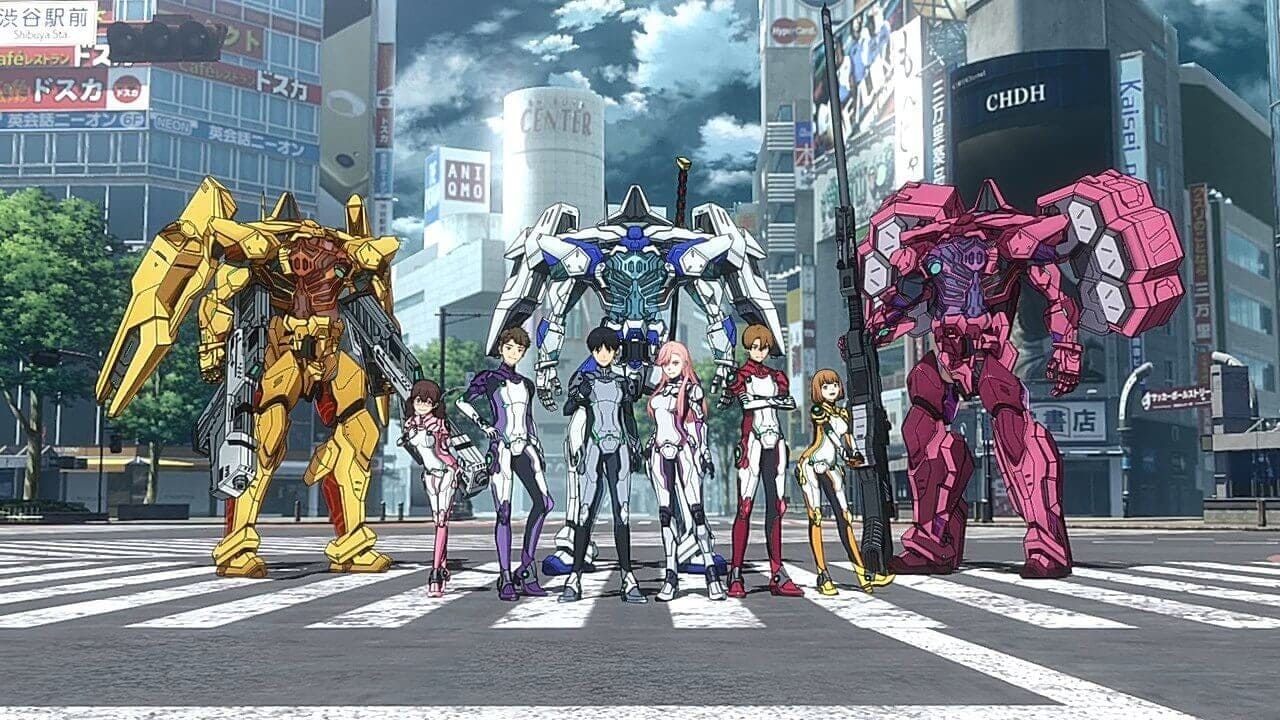
What will you do if you’re teleported to a time with giant grotesque monsters? For teenage student Daisuke Doujima, it’s a perfect chance for him to become a hero, and a saviour. But can he?
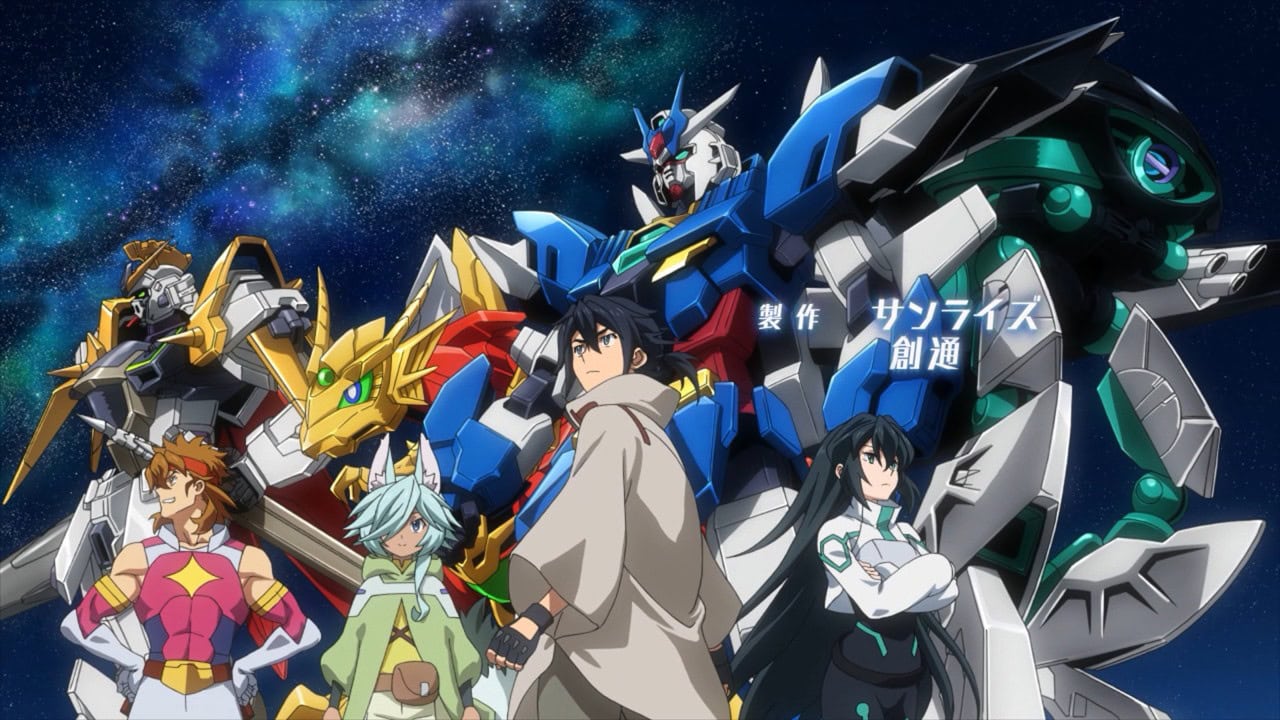
After 2 lukewarm series, Gundam Build rose to form again with Re:Rise. A story with deep characterization for a diverse and likeable cast and awesome Obari action.

Time to go digital! Build series is going full SAO and virtual with Build Divers – a light-hearted series and fun to enjoy without the need to complicate things.
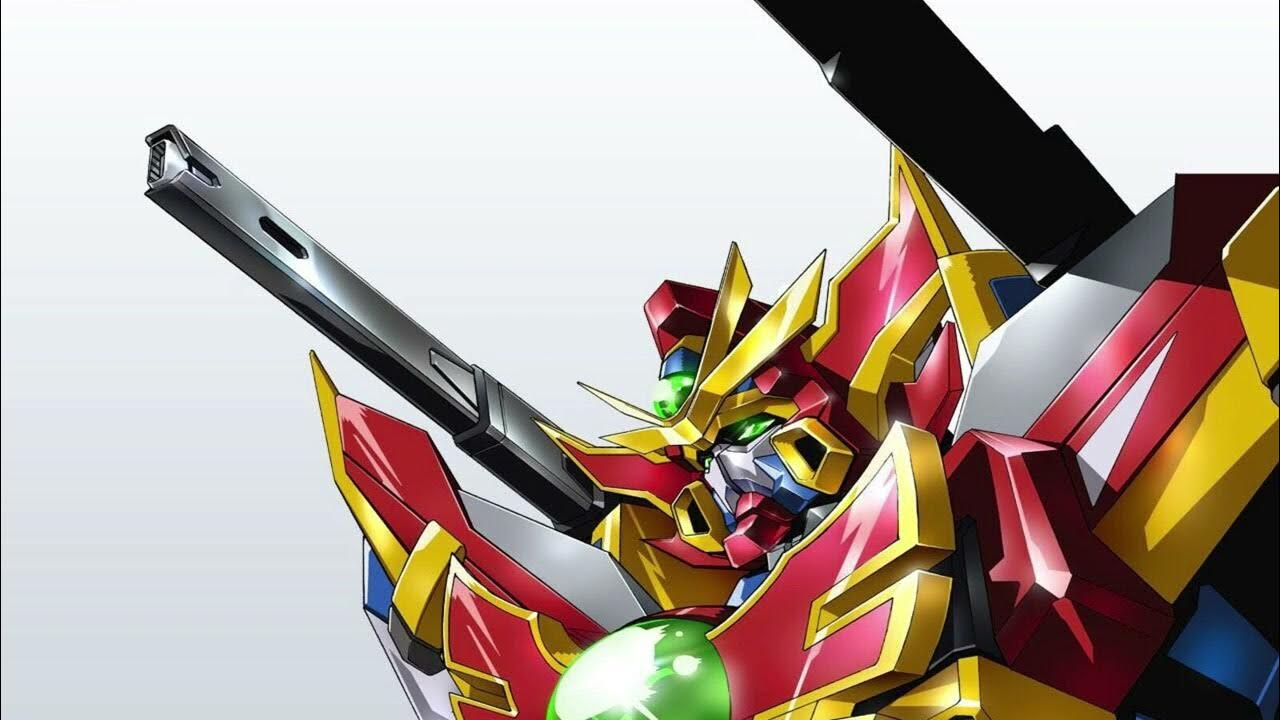
The Super Graviton God is back! And this time the threat just got more vile. But Gravion also receive an upgrade…in true Obari fashion. Let’s see how the sequel holds up!

Following GBF, Sunrise wanted to capture the magic with TRY. However, they fell just short of greatness but still create a series with amazing Gunpla battles.
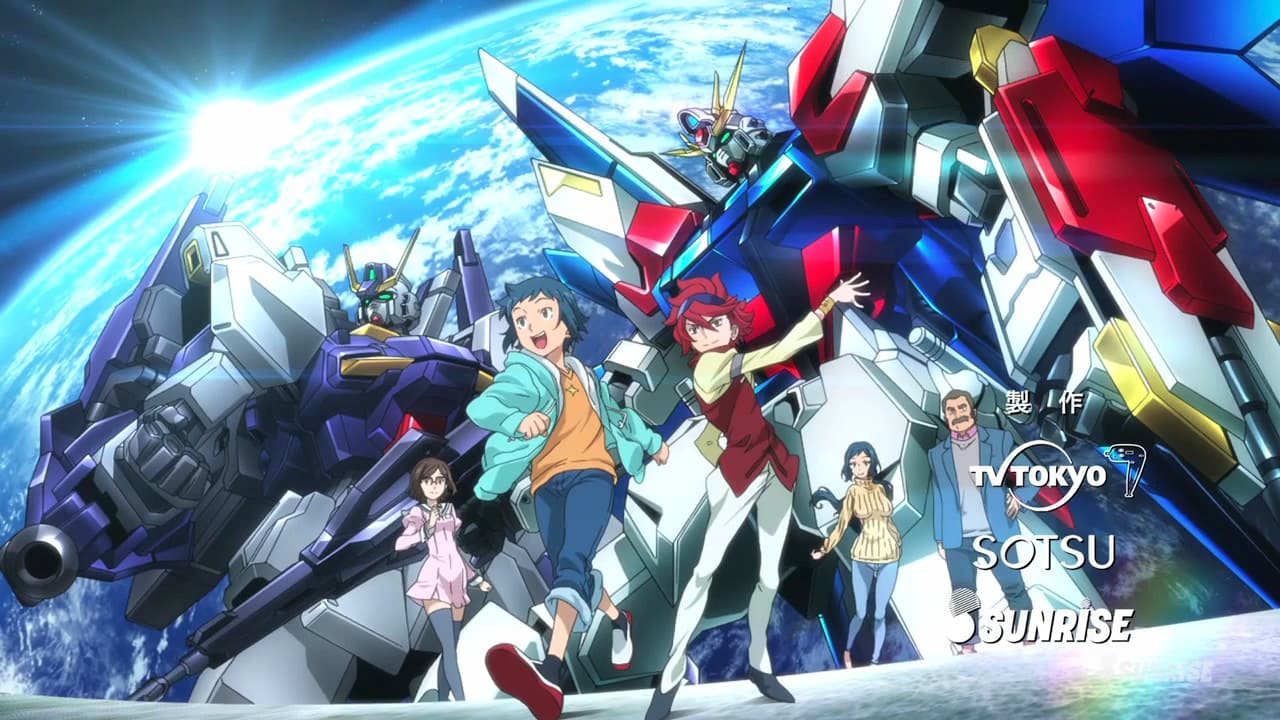
A hobby turned combat sport. Sunrise’s effort to attract new fans turned into a compelling series with gorgeous battles featuring iconic MS from the franchise.

The first animated Build series, Beginning G opened up new venues and excitement for the hobby, with light-hearted yet intense traditional MS battle.
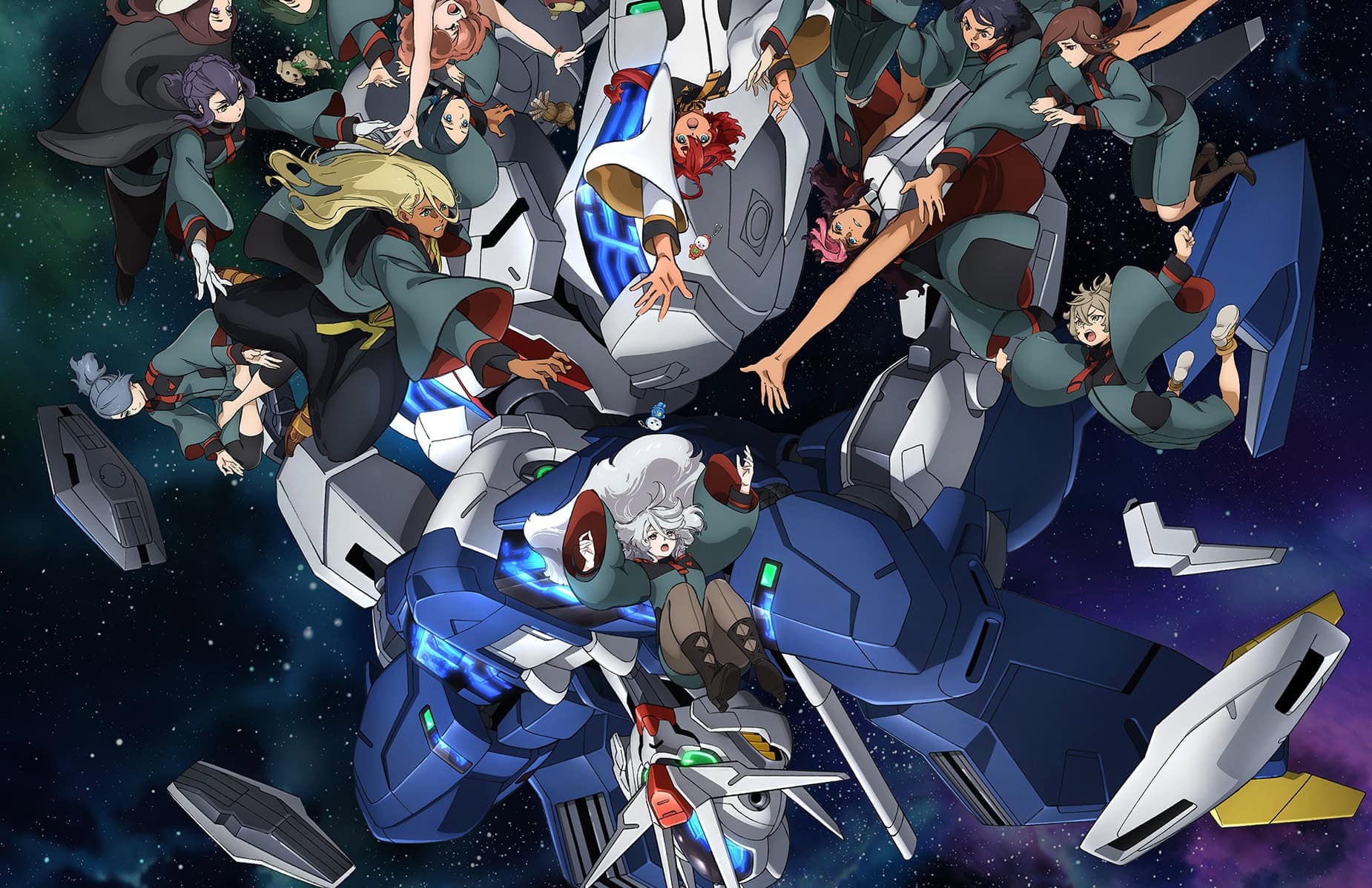
The shortest tv series Gundam ever, but was one of the most popular. G-Witch put Gundam back on the mainstream map, but do fans love it like non-fans do? The answer is quite divisive!
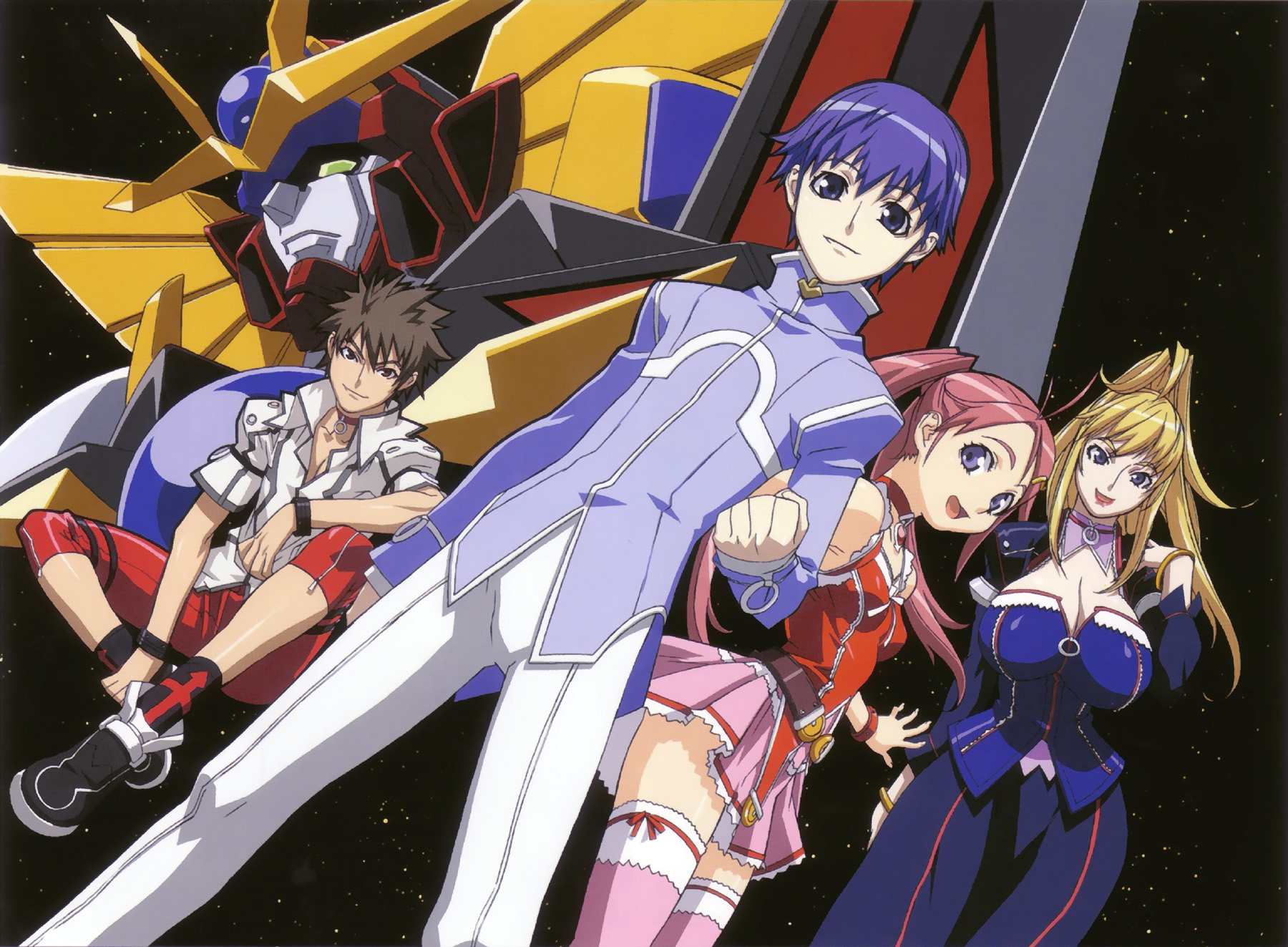
A heavy-weight in Masami Obari’s repertoire. Choujuushin Gravion is average in production quality, yet it is imbued with the spirit of the most badass over-the-top director of all time.
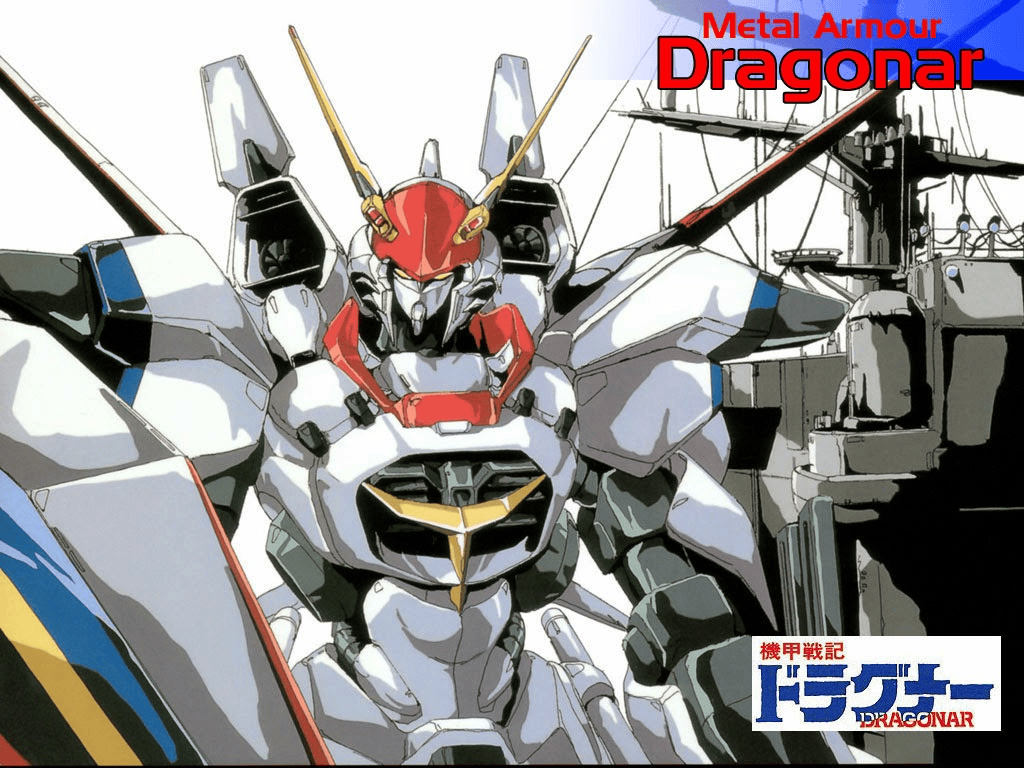
Do you want a Gundam series with a brighter tone but still has banger battles? Then Metal Armor Dragonar is a perfect series for you!

A Super Robot versus Alien mecha series, but this time it’s also infused with the intricacies of human’s most sacred bond: Marriage. Godannar put that relationship to the test!

A series about building regular model kit, and using them to find inspiration in life. A very uplifting and chill series for mecha fans to change their perspective on their hobby.
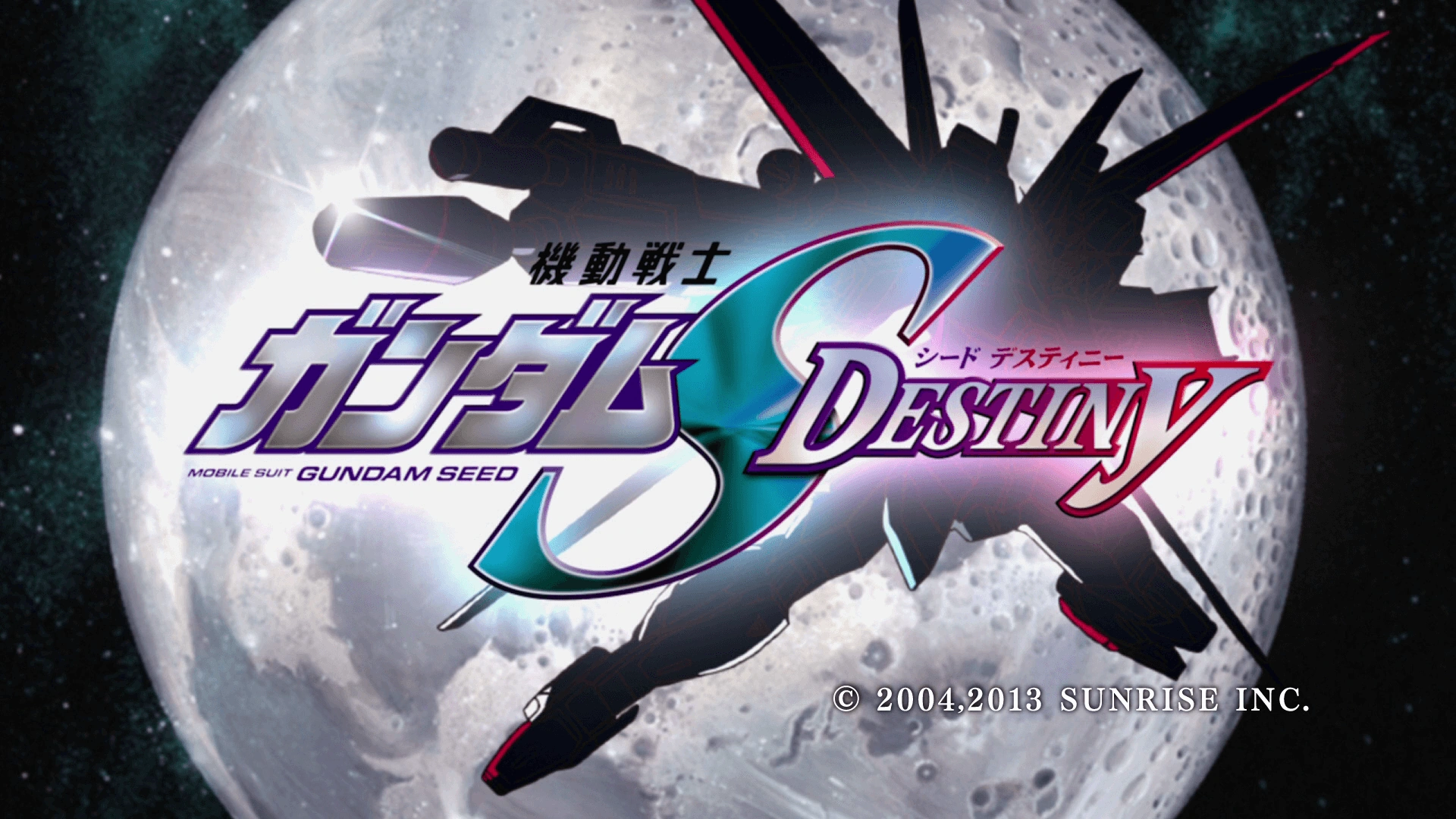
The sequel to SEED – a series that brought Gundam on top of the radar. Destiny is a sequel that earned both the intense love and hate within the fandoms.

The 3rd Tokusatsu series by Director Anno Hideaki. Shin Kamen Rider revisits the core message of what it means to be a Rider and to fight for justice while putting a modern spin on it.
